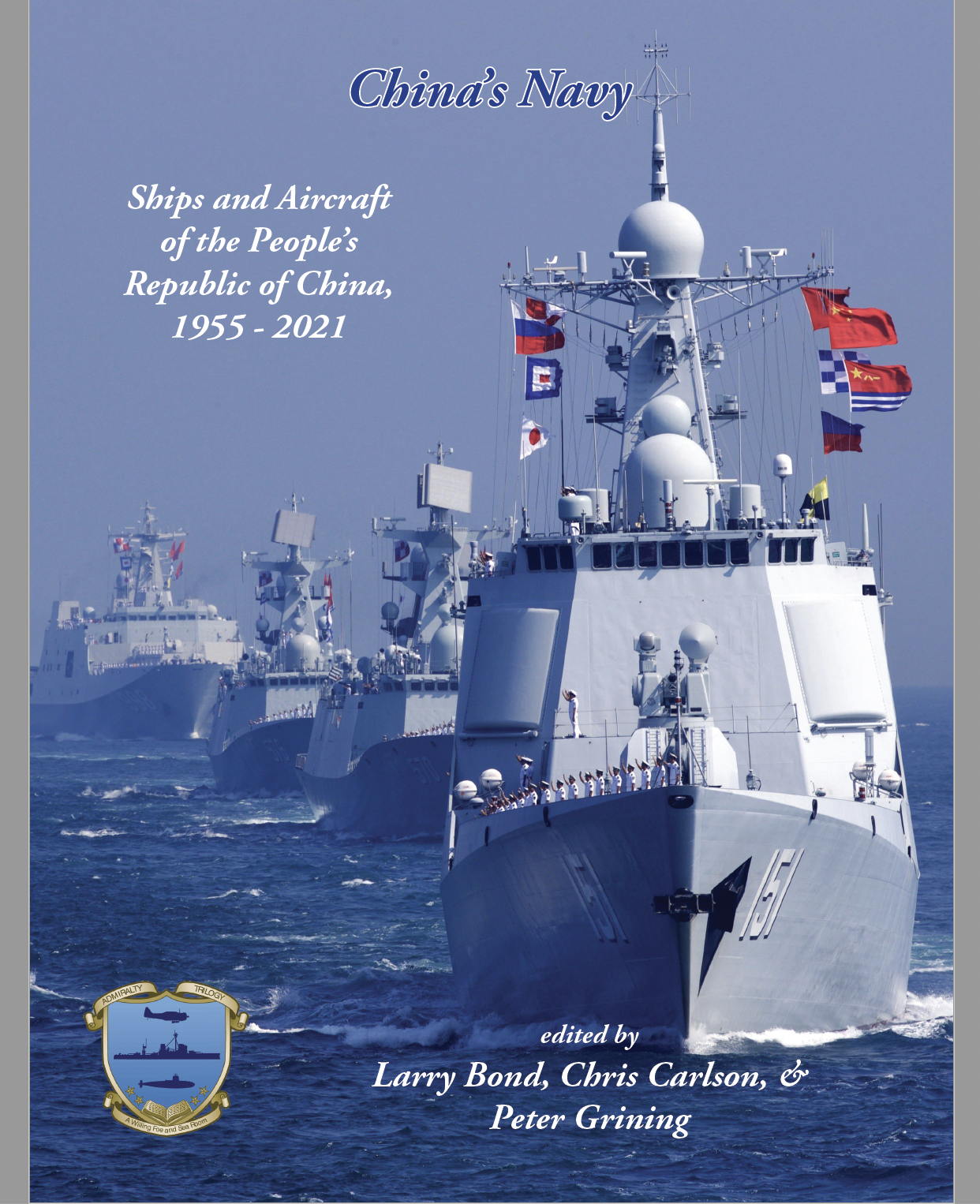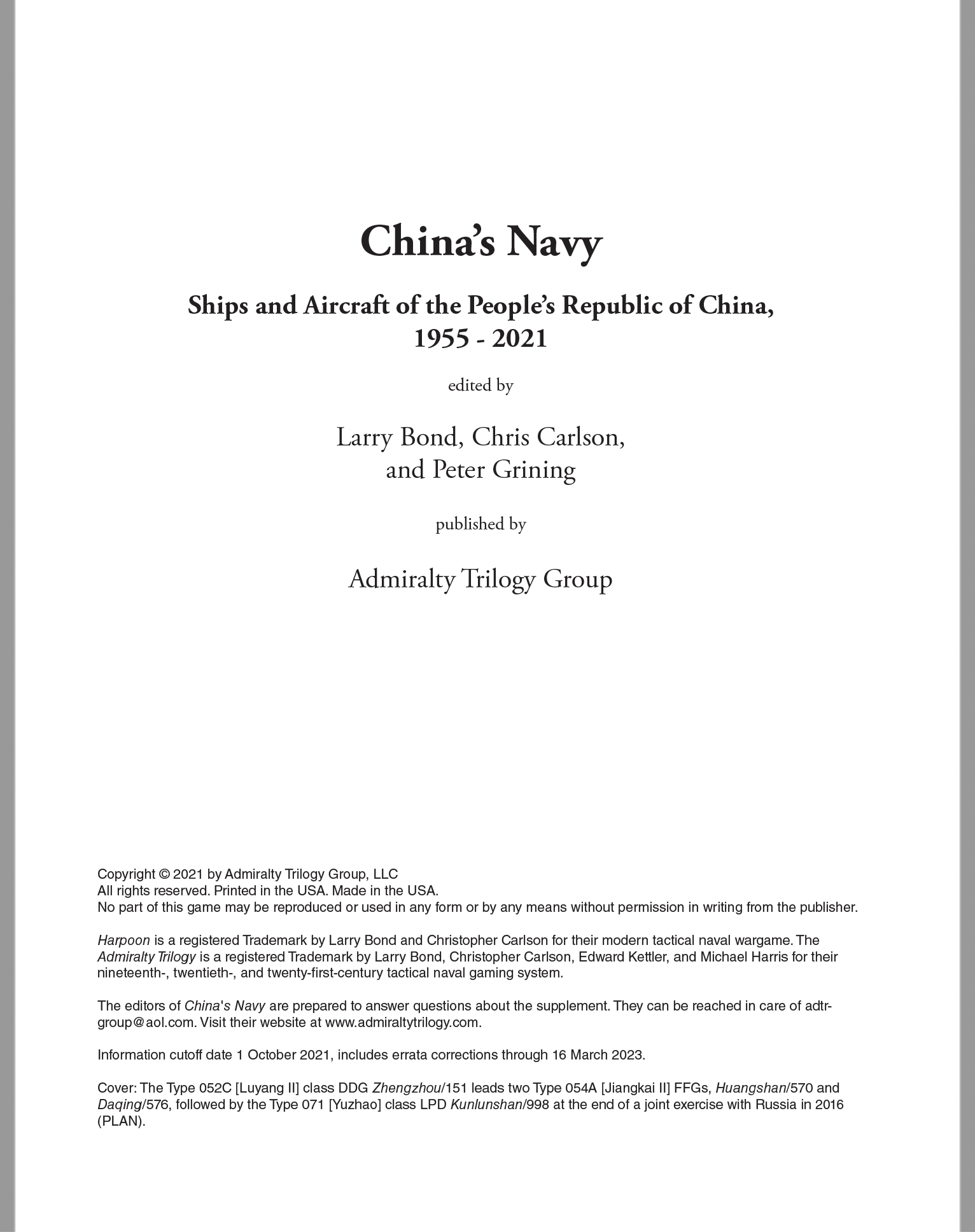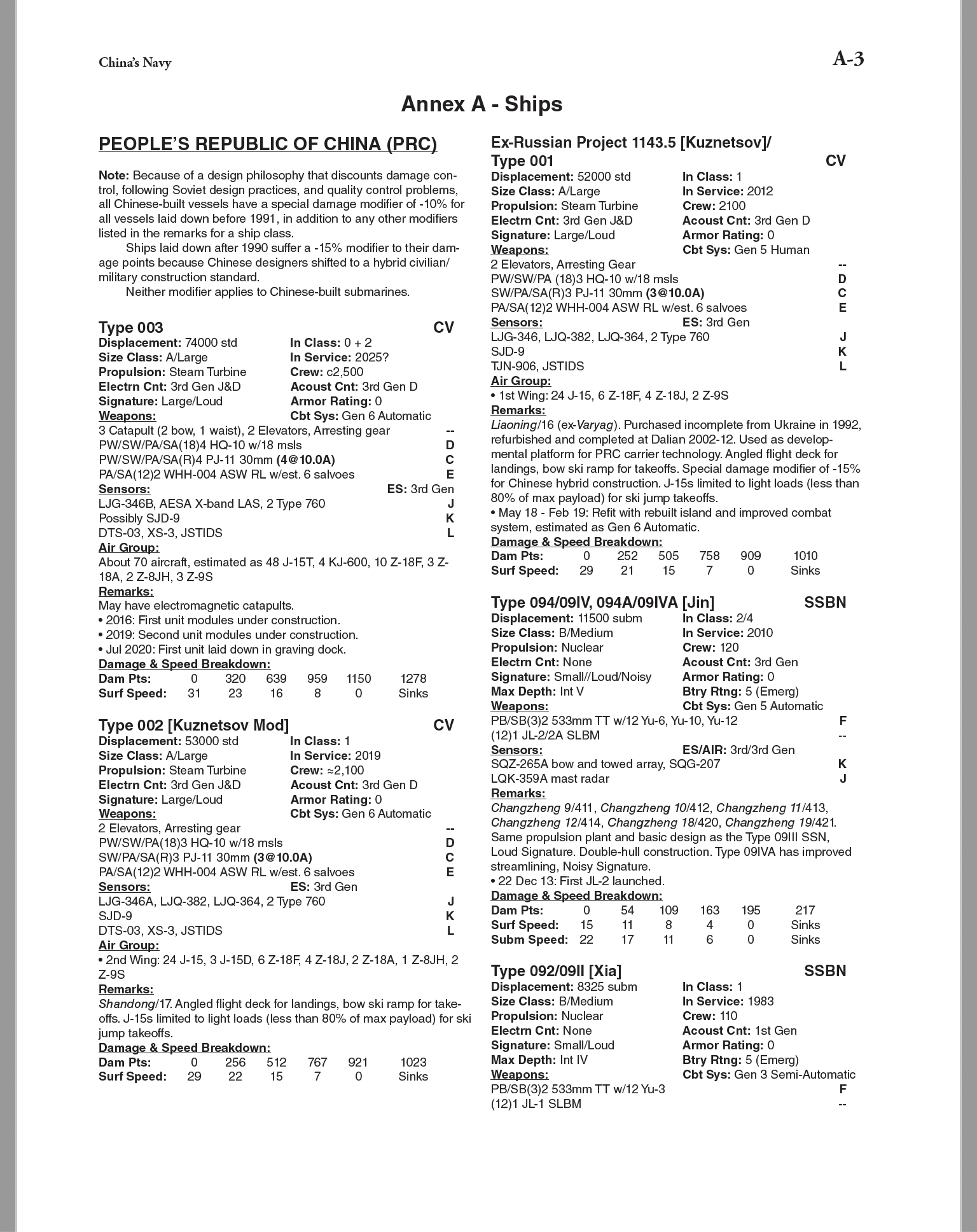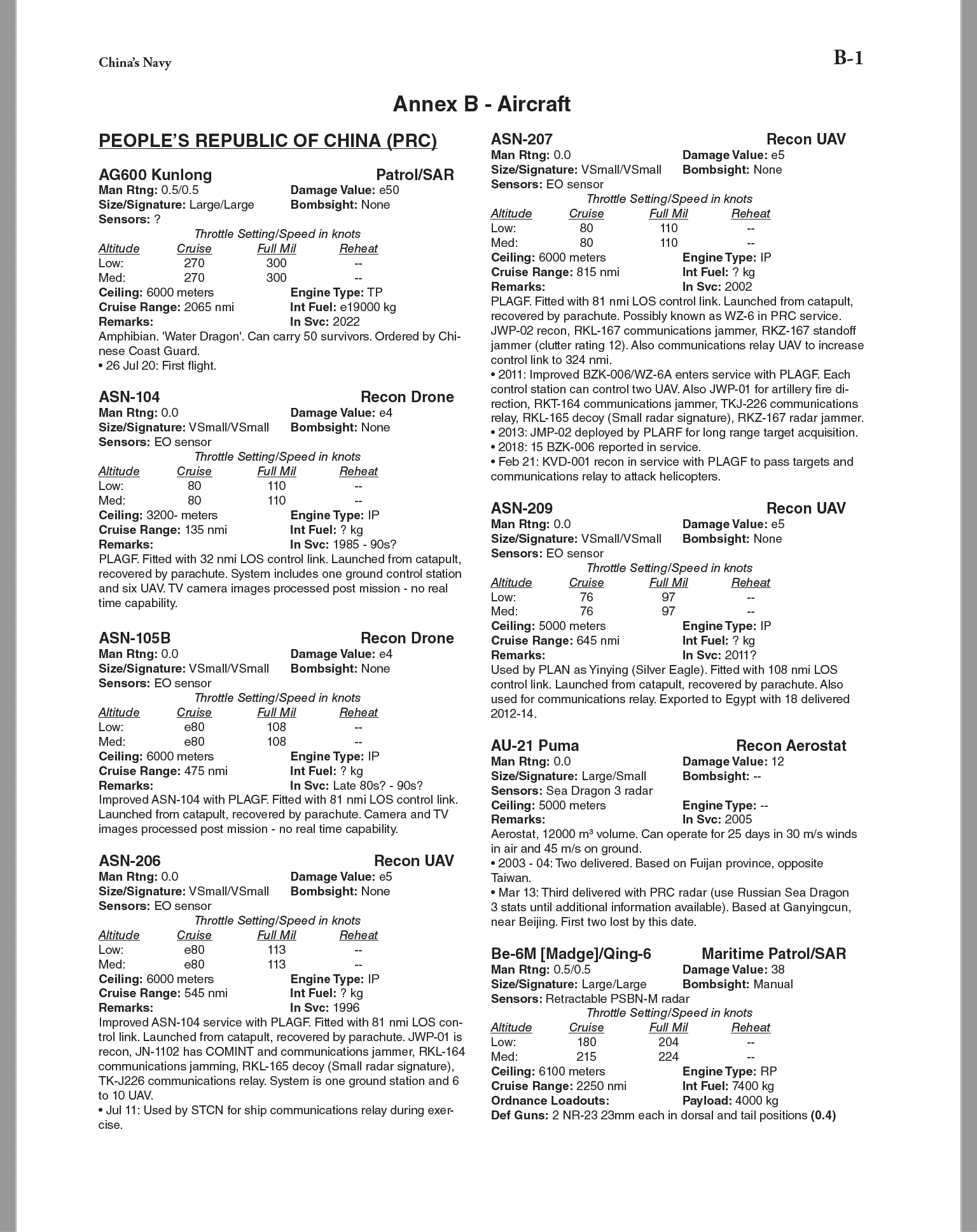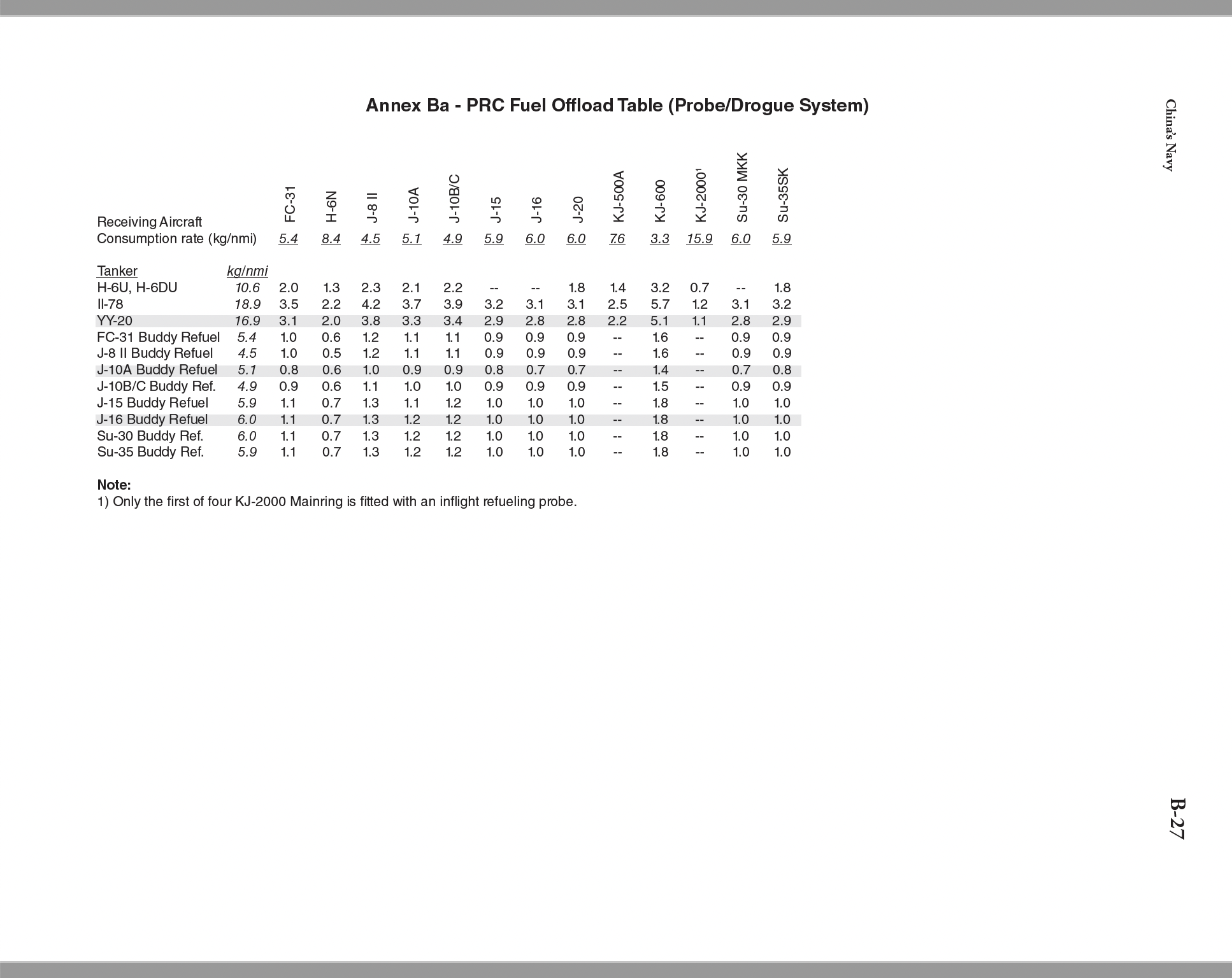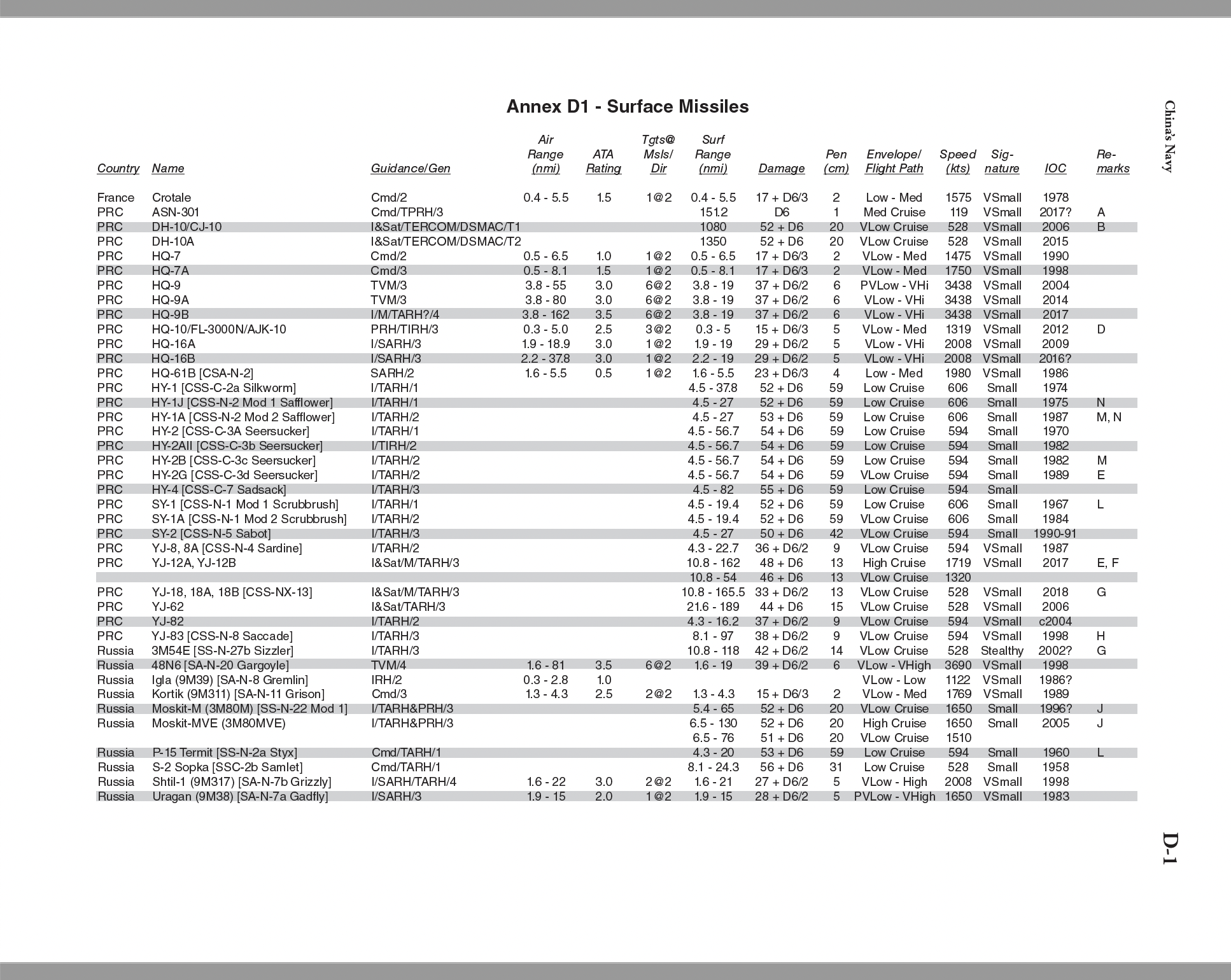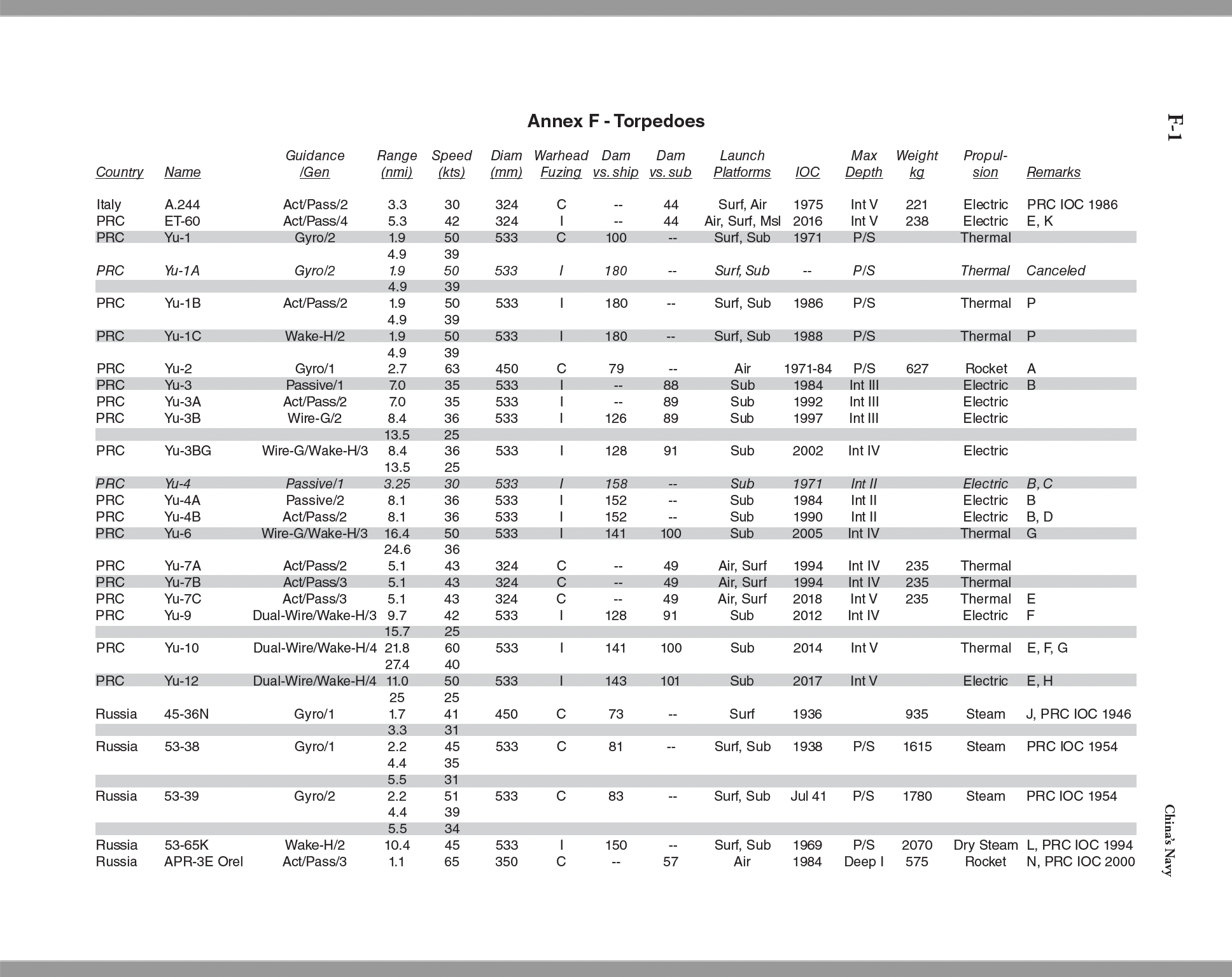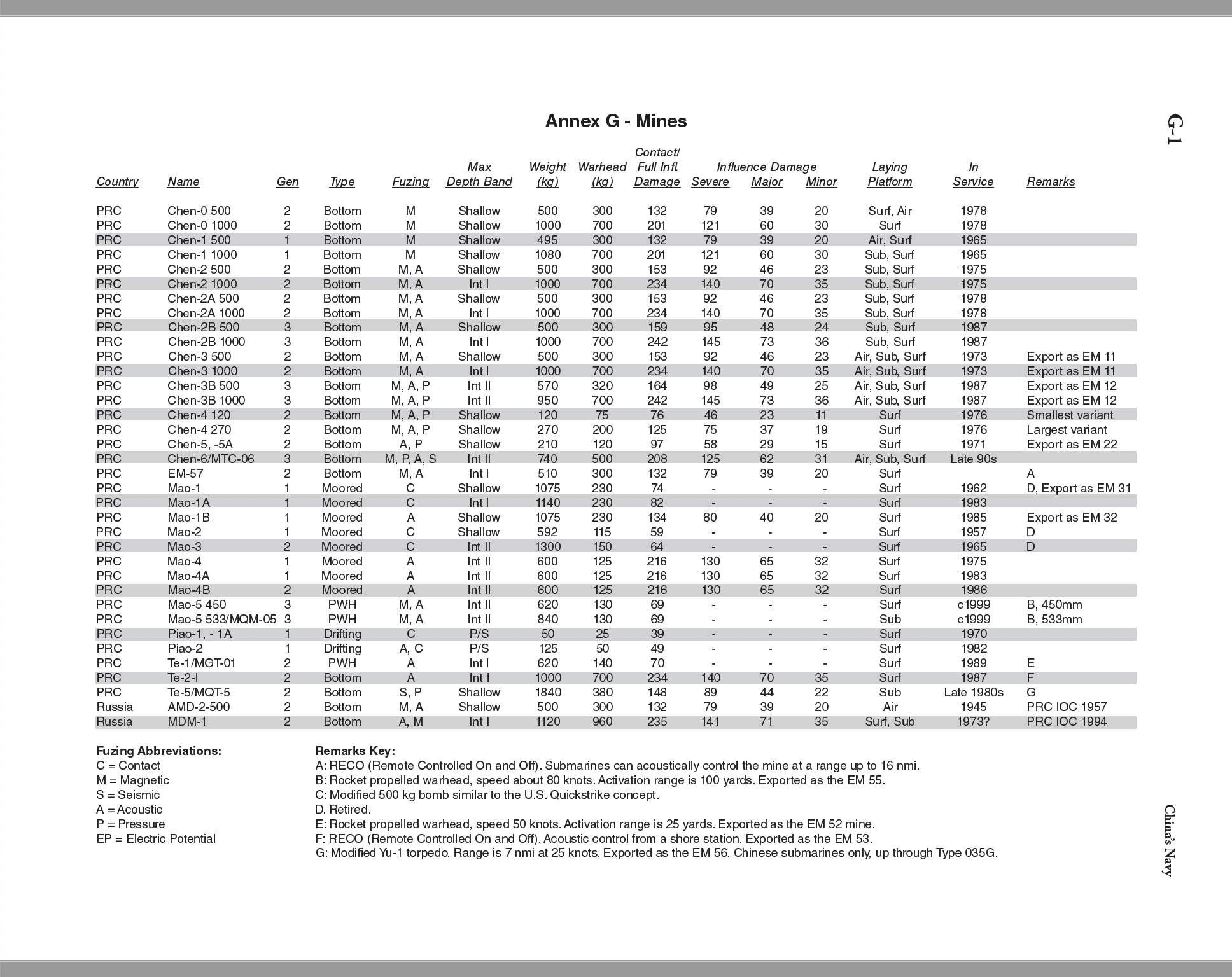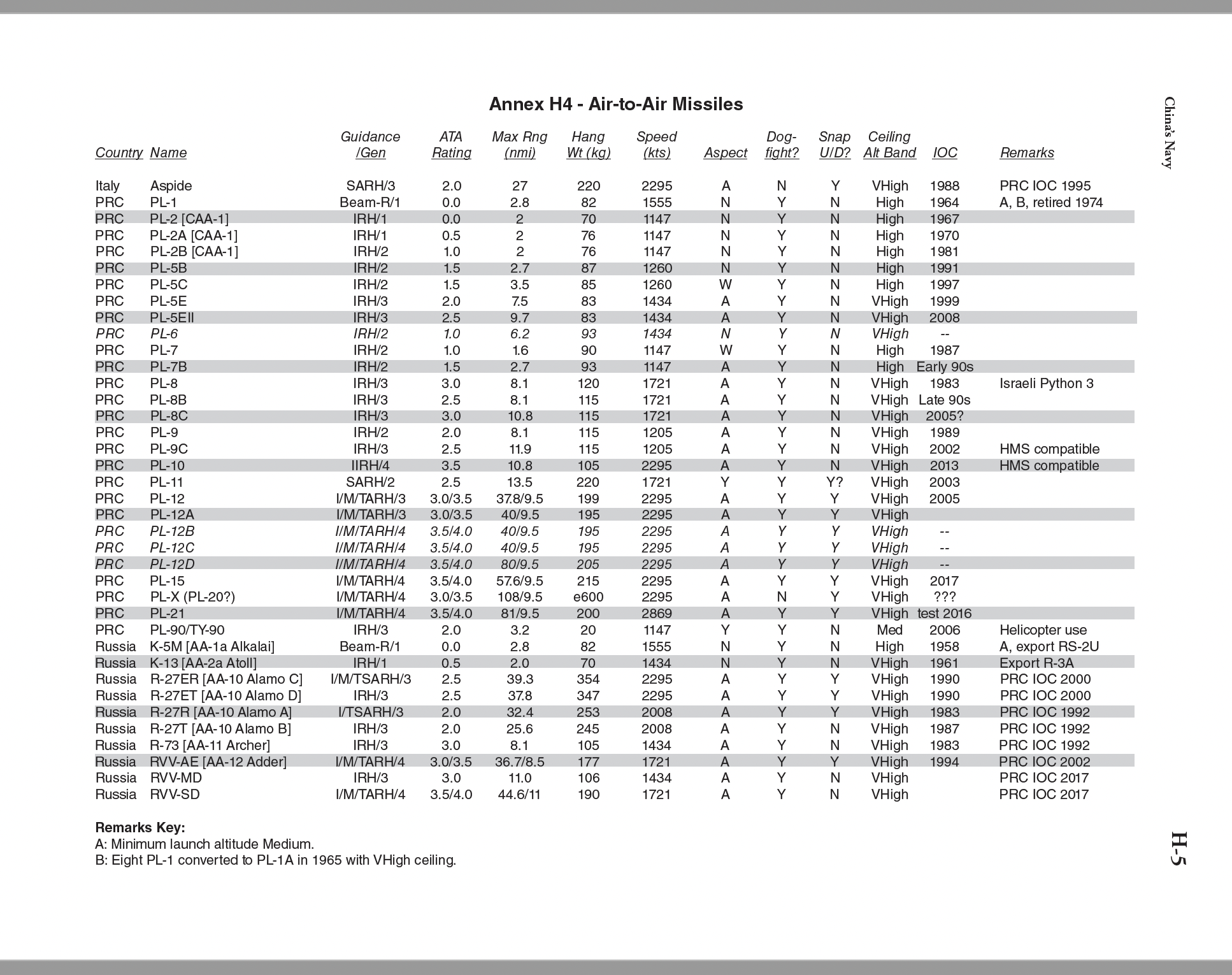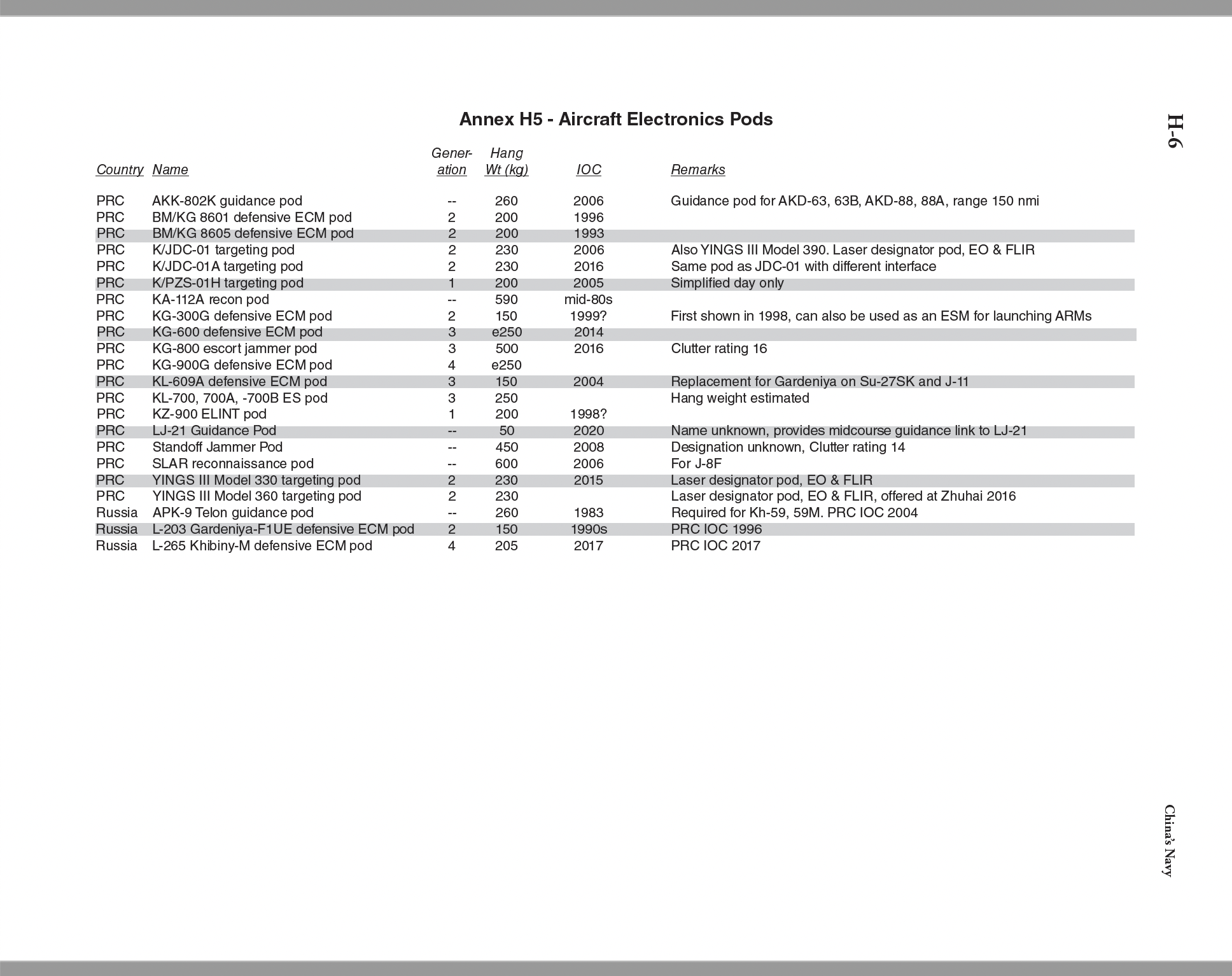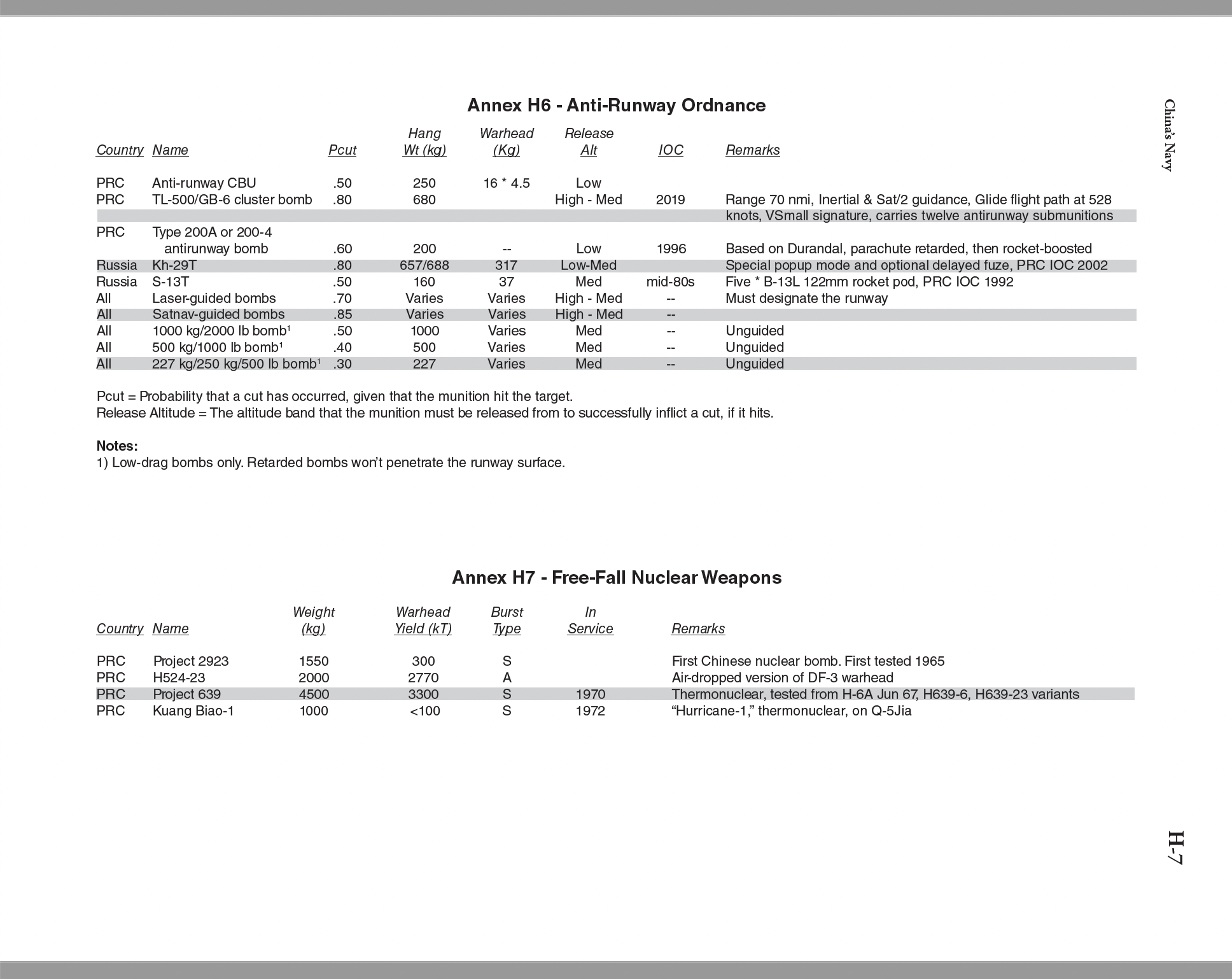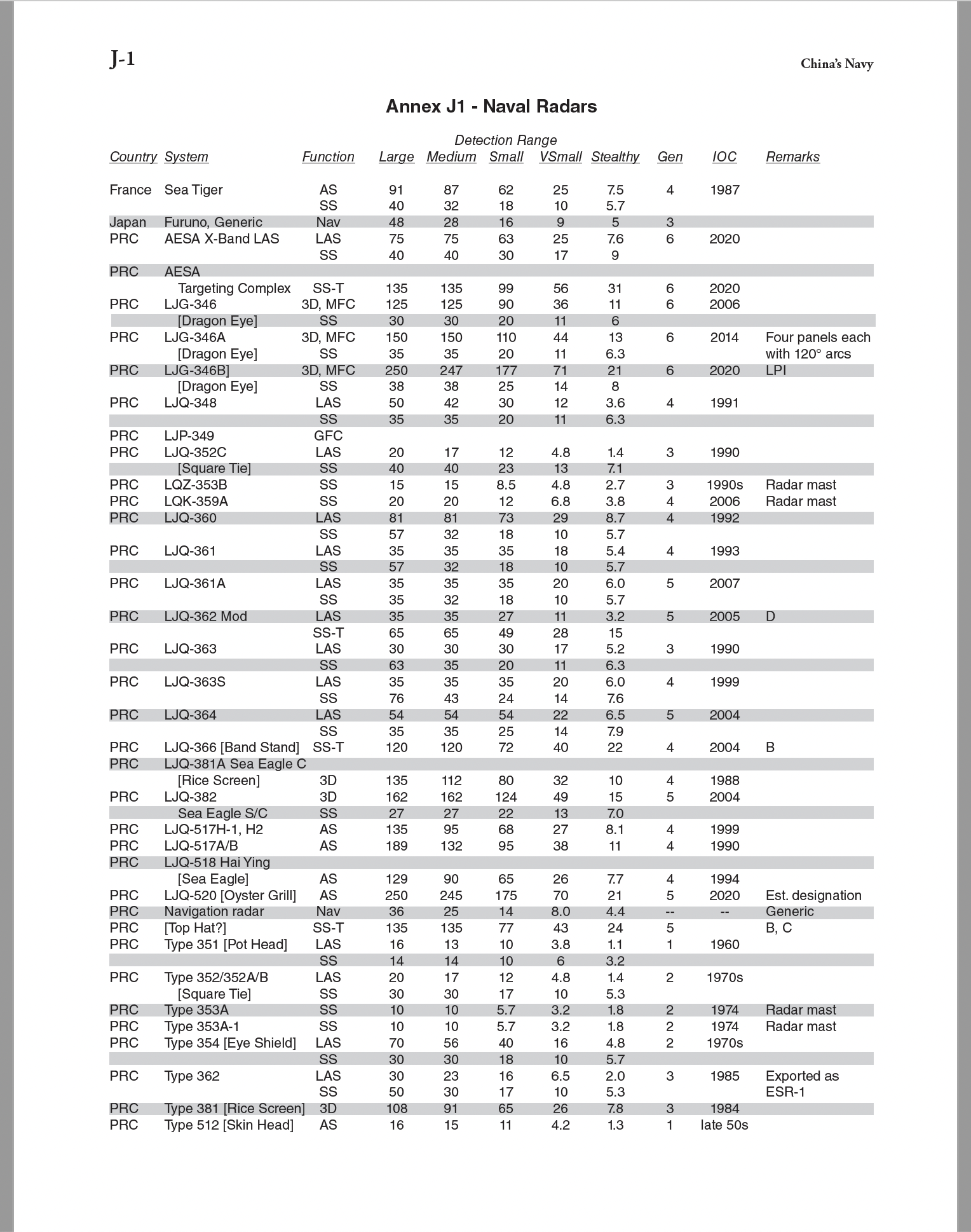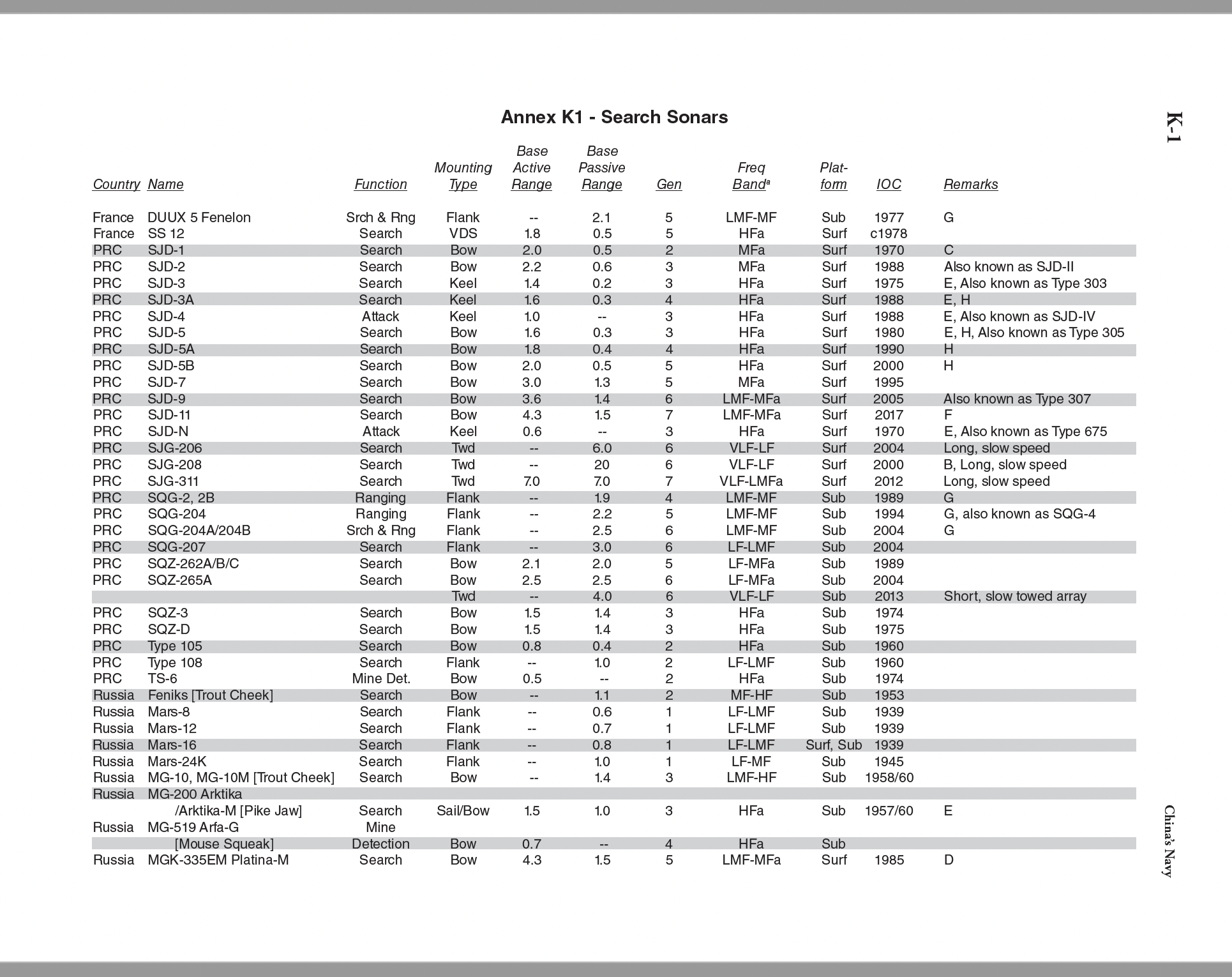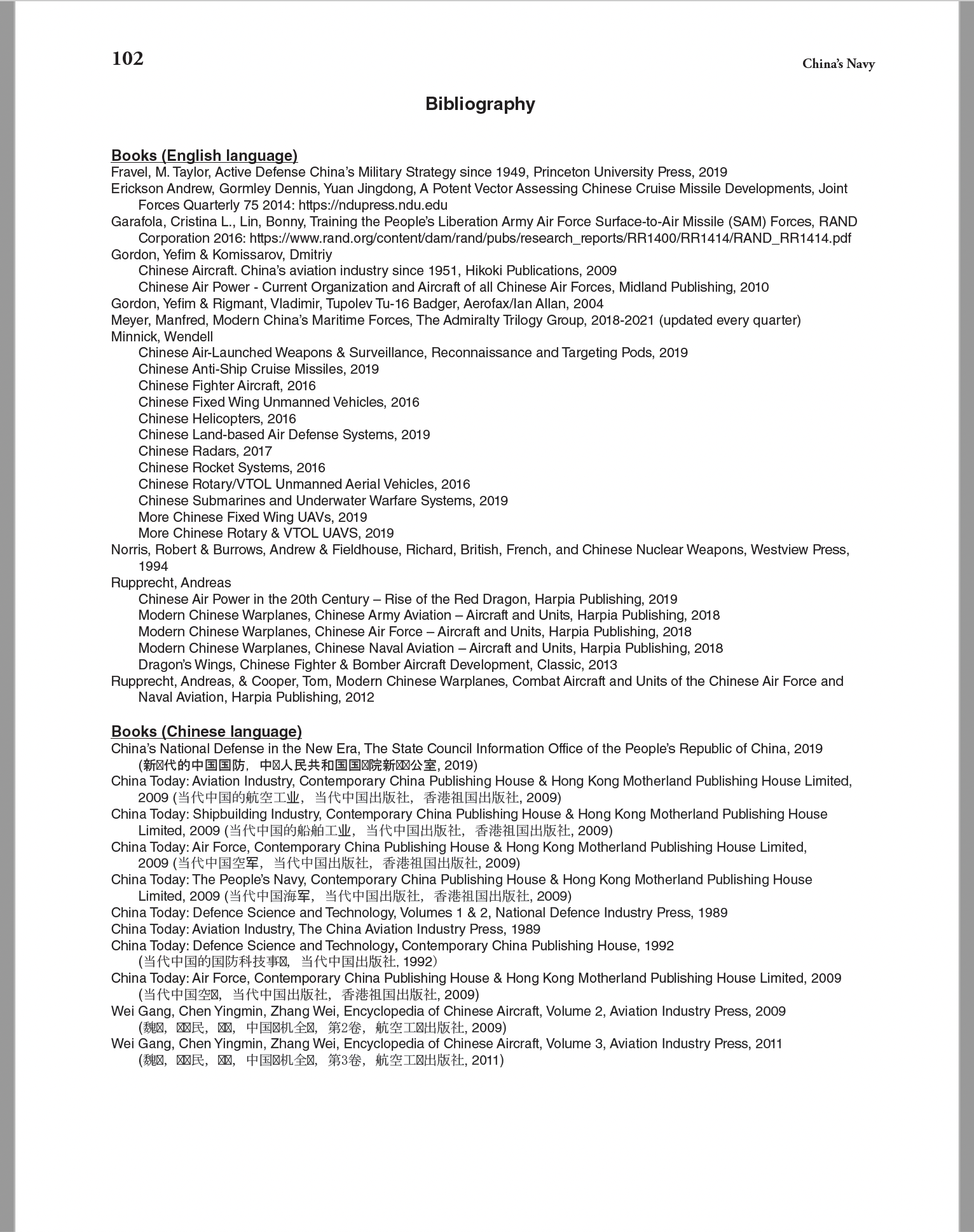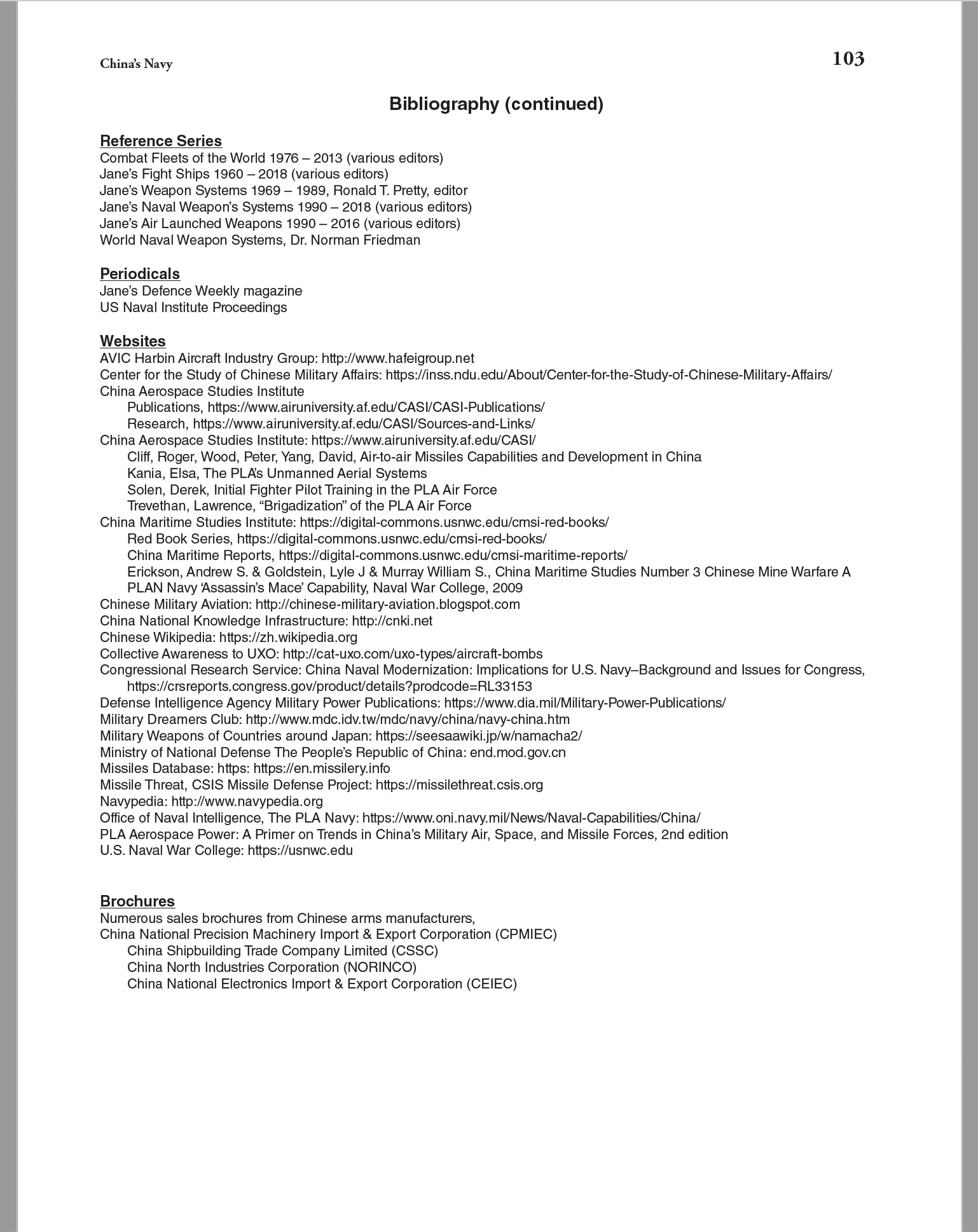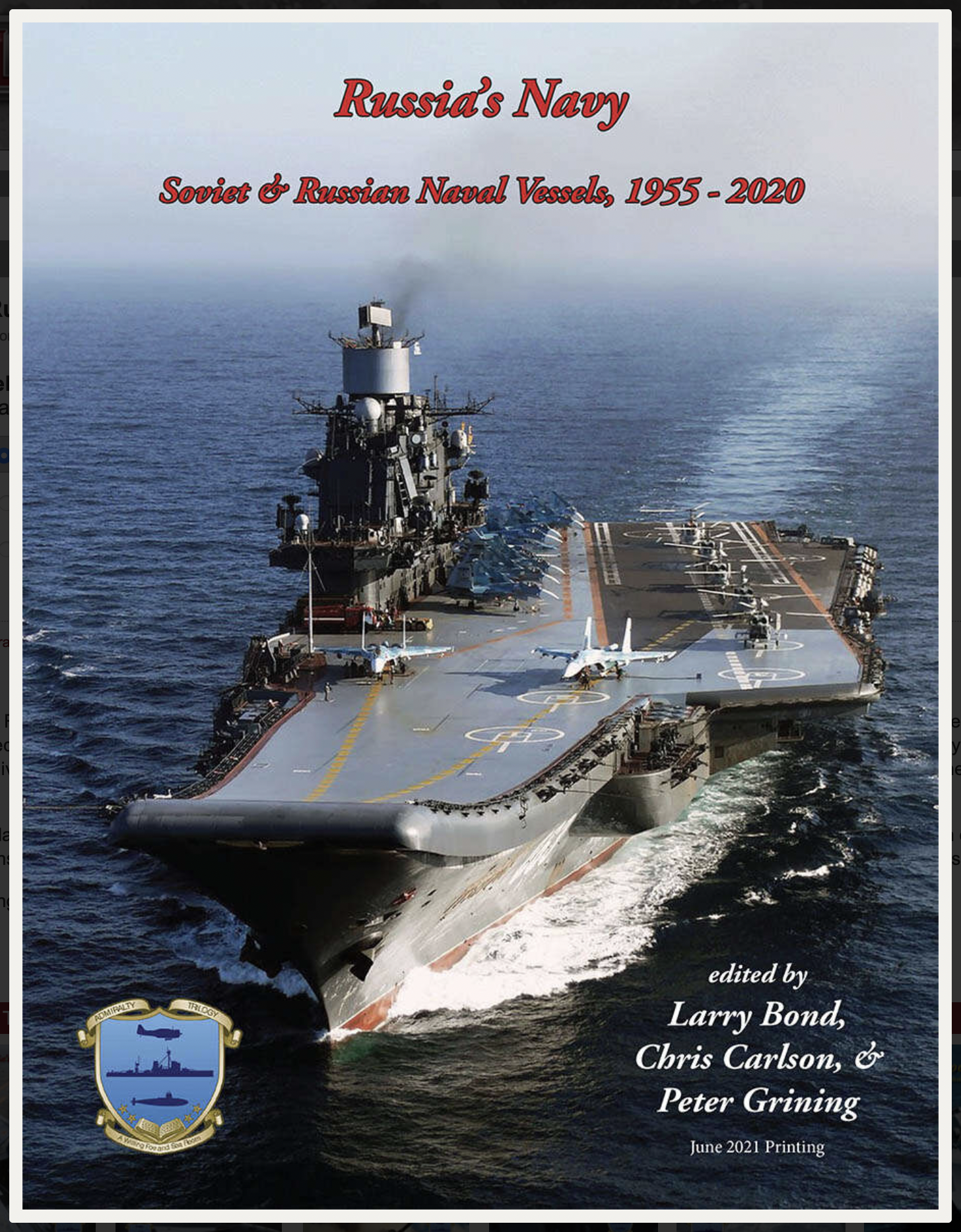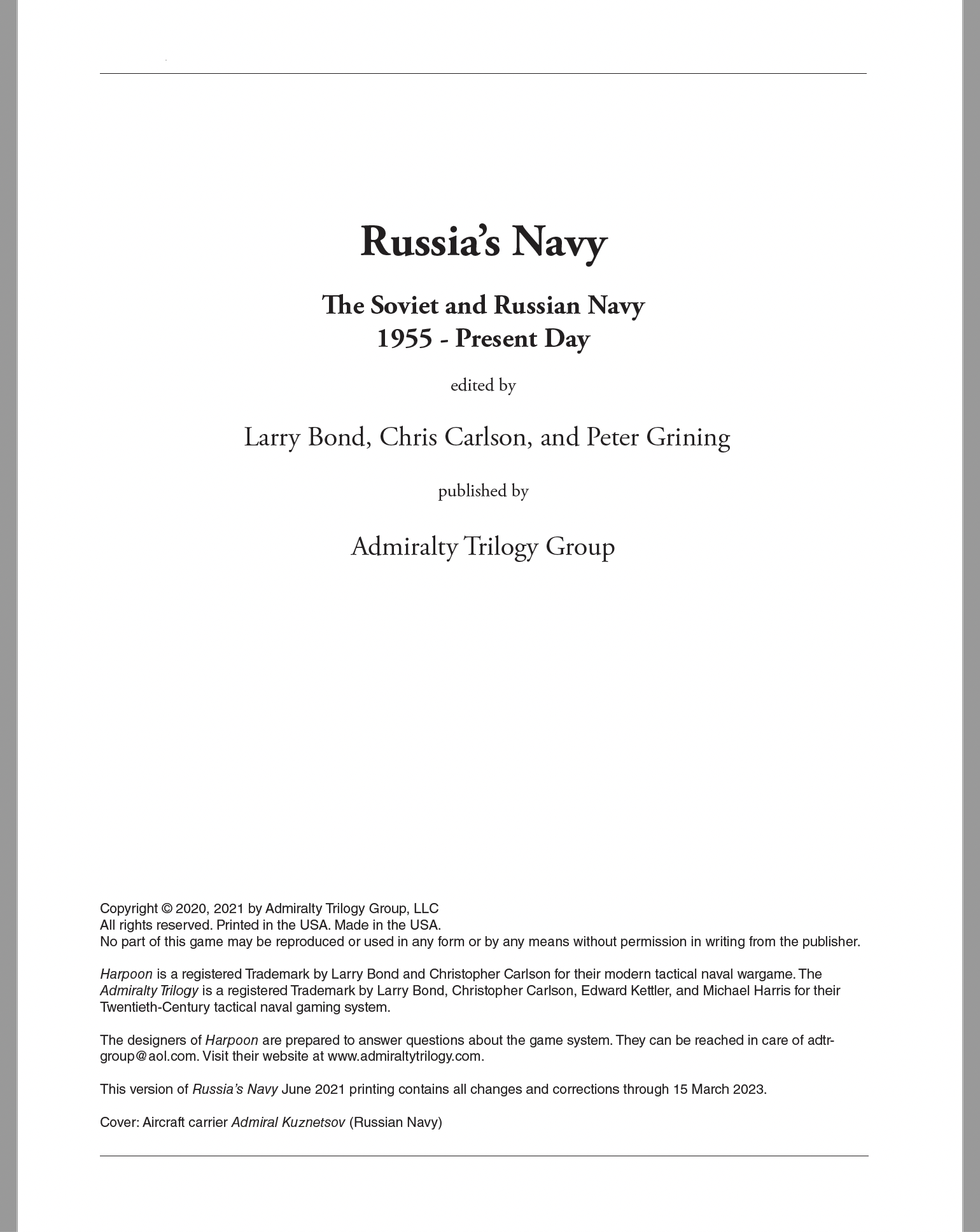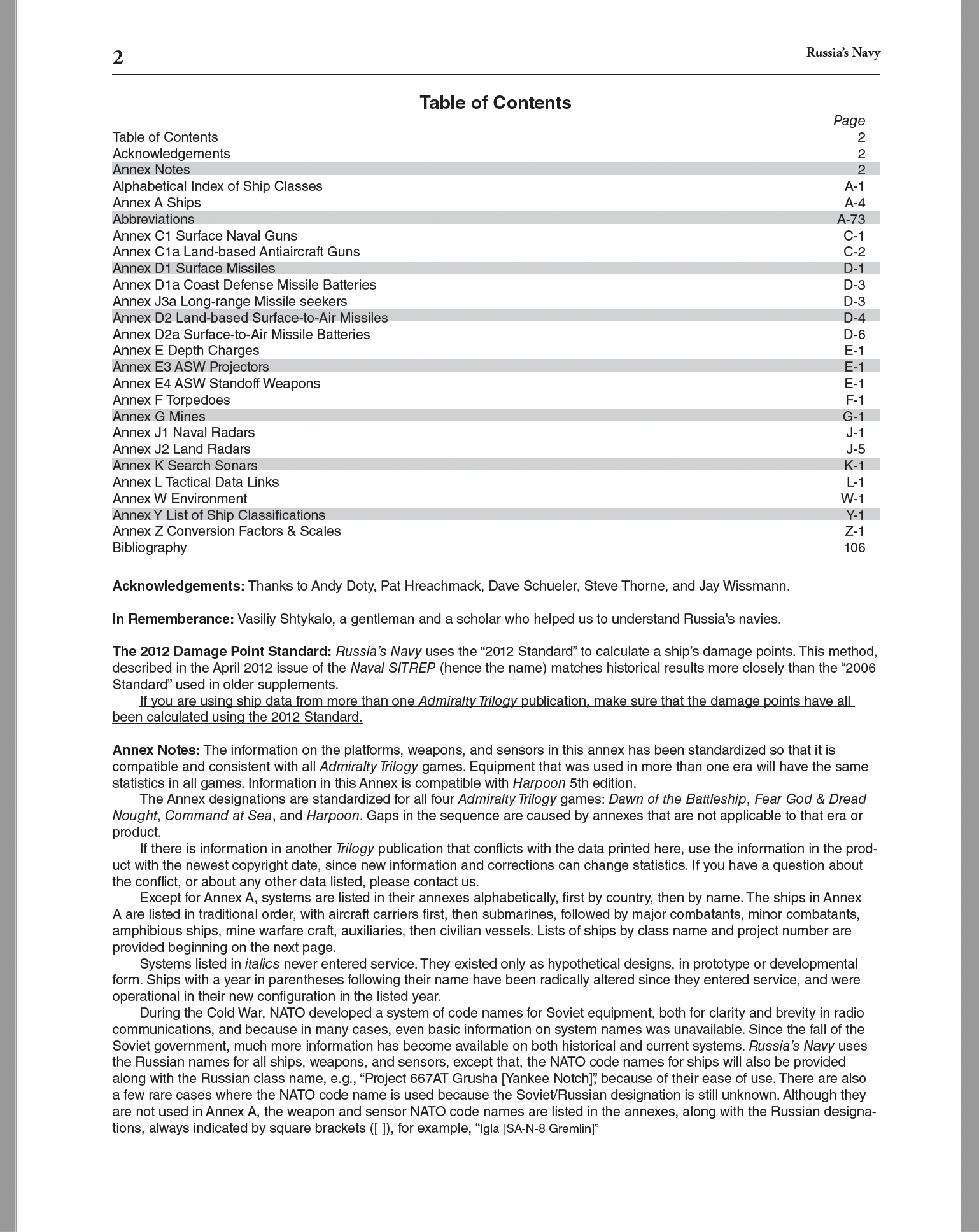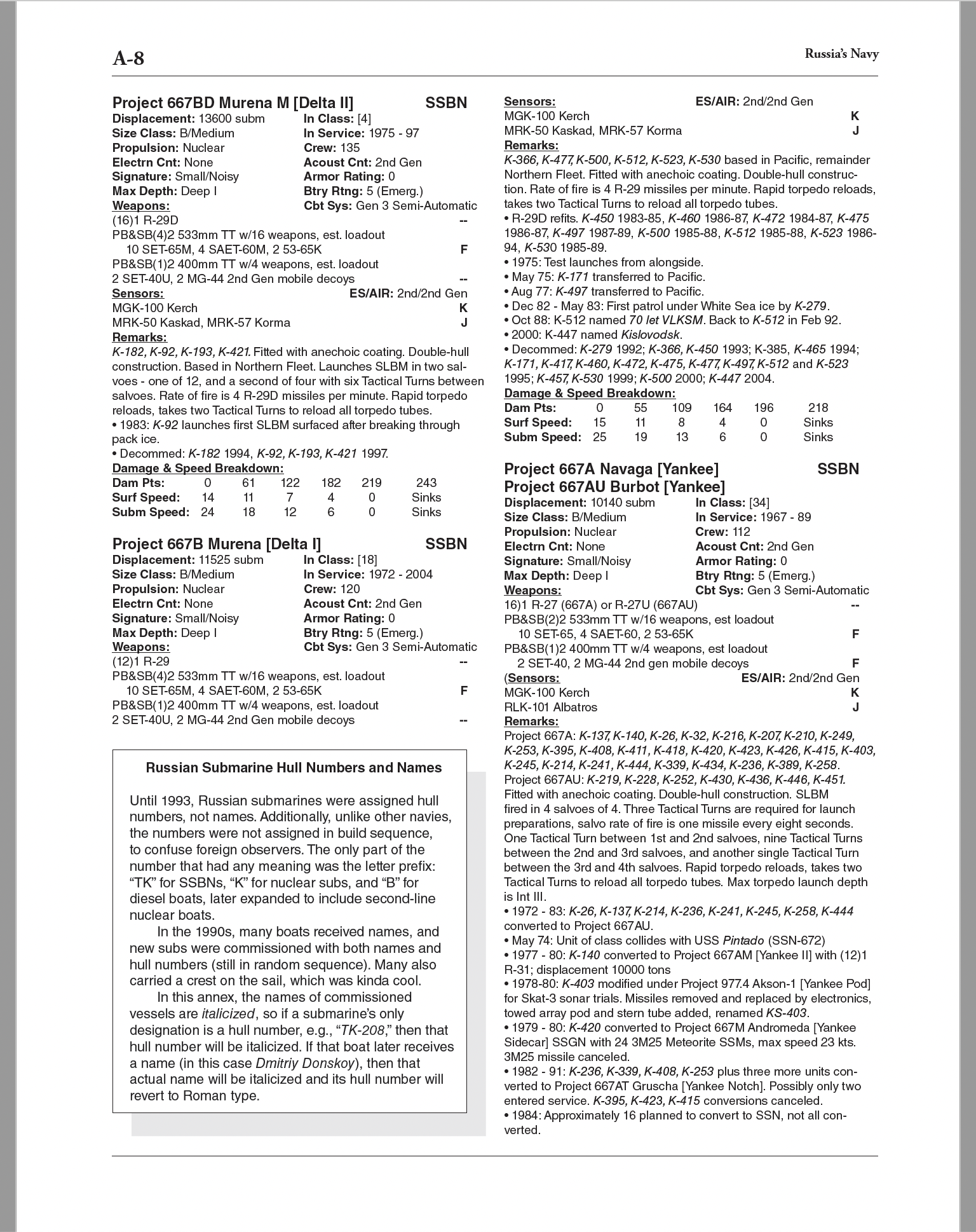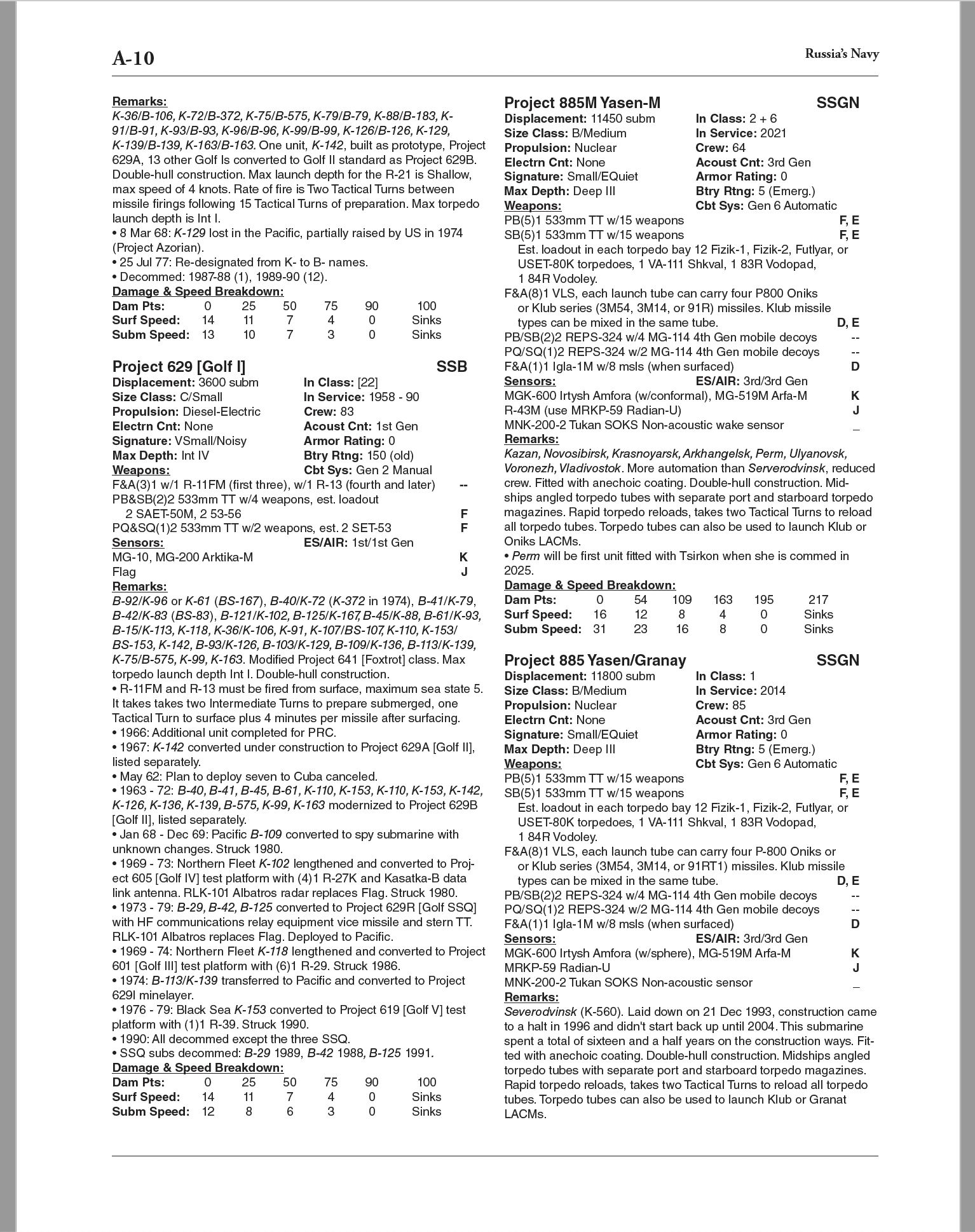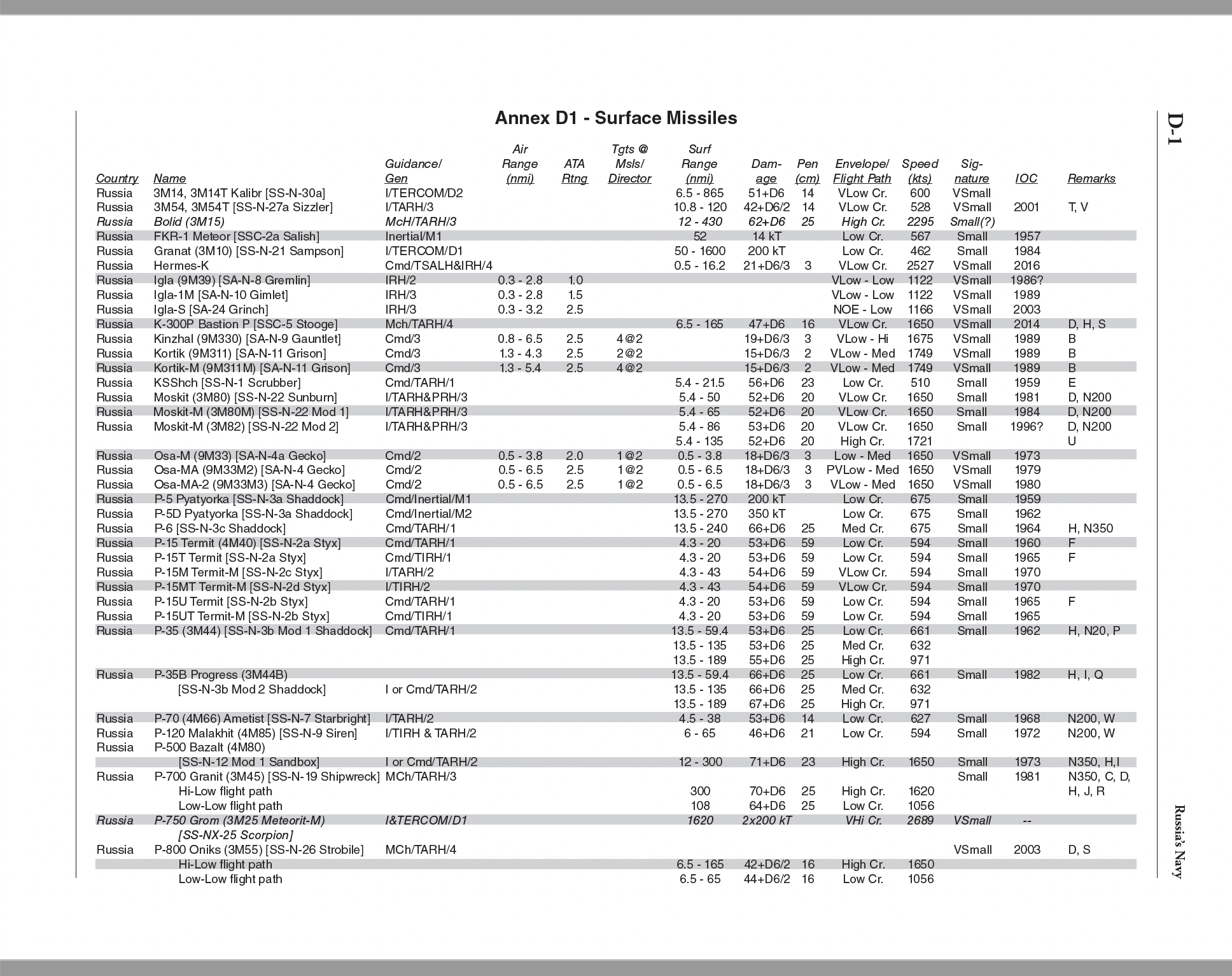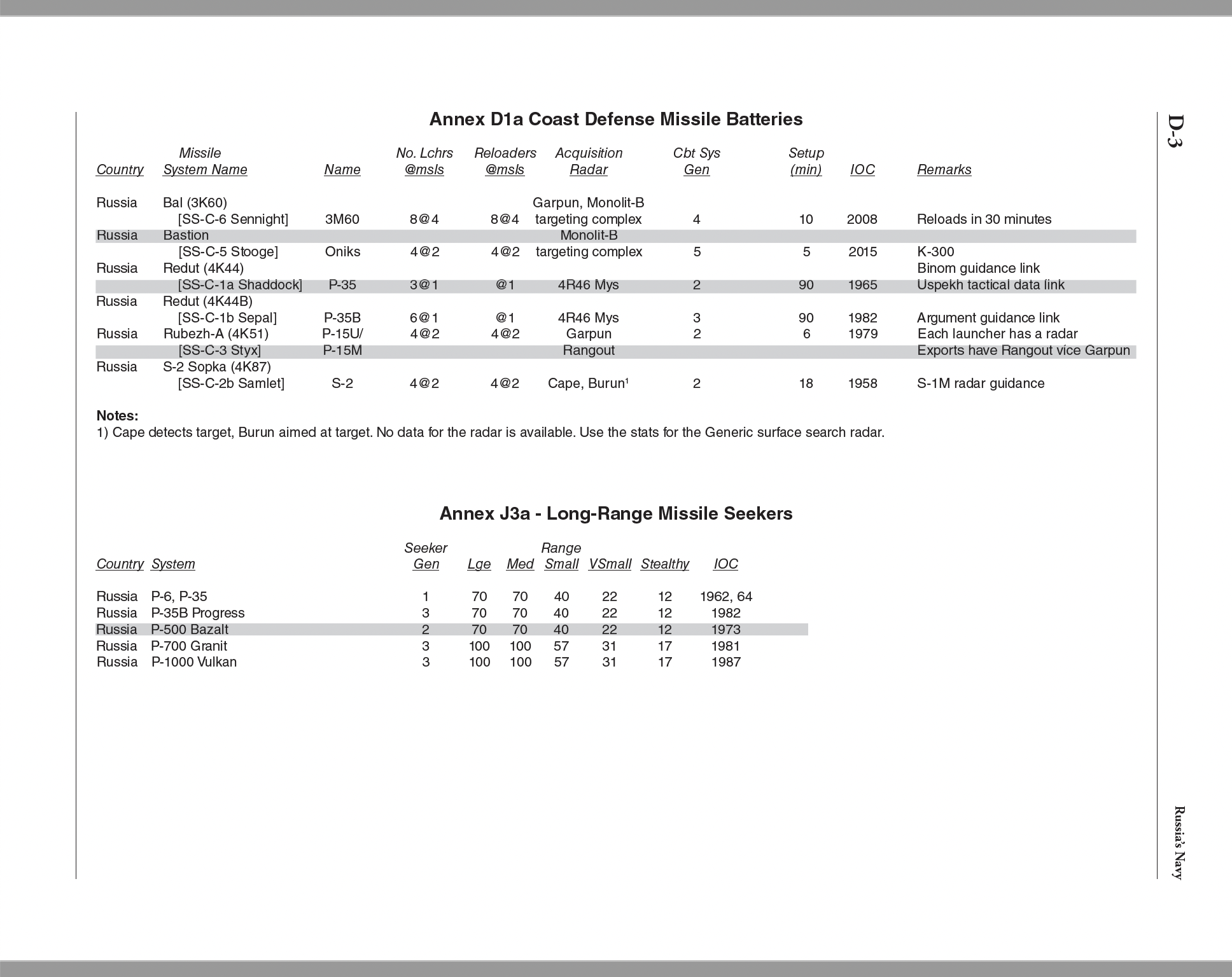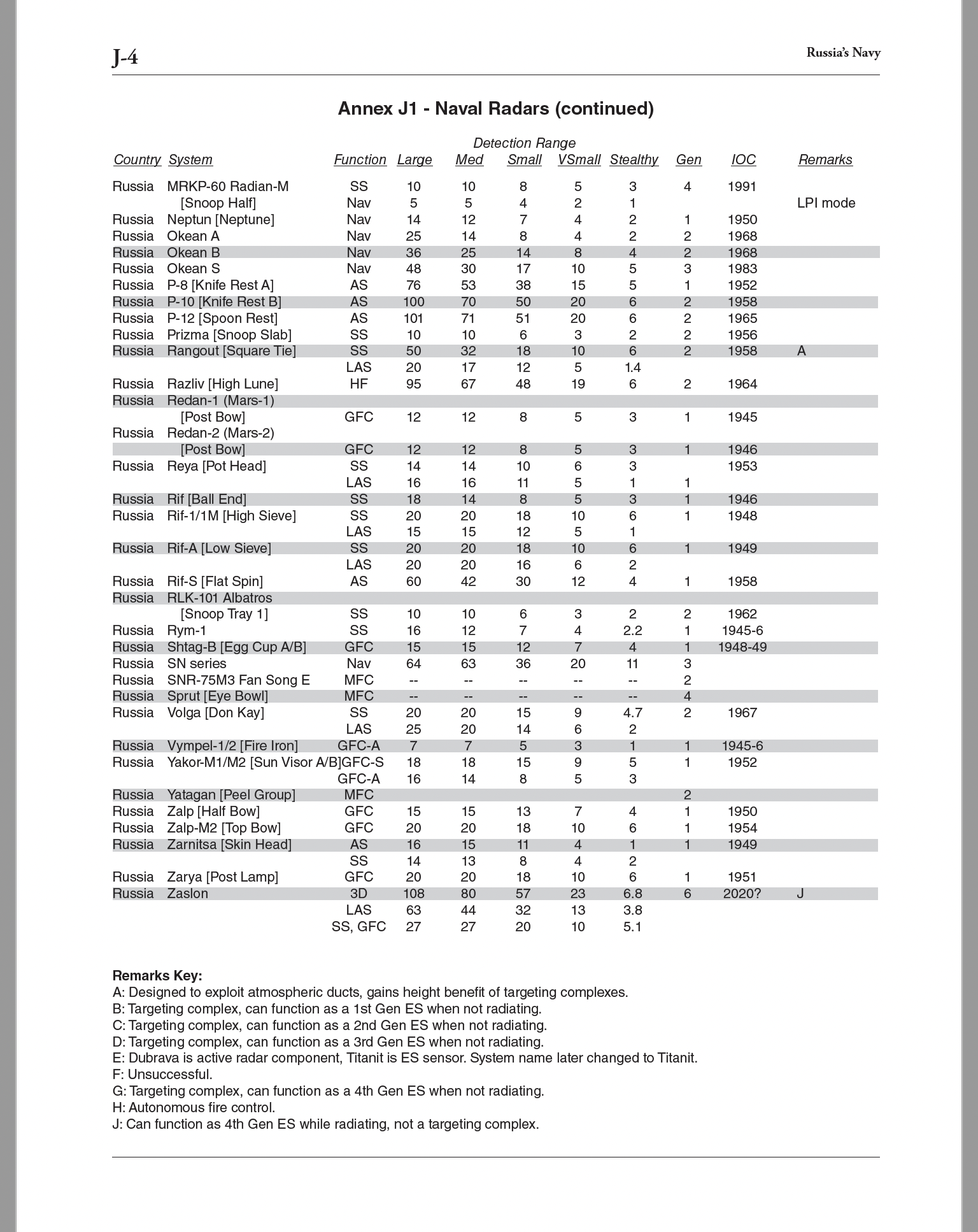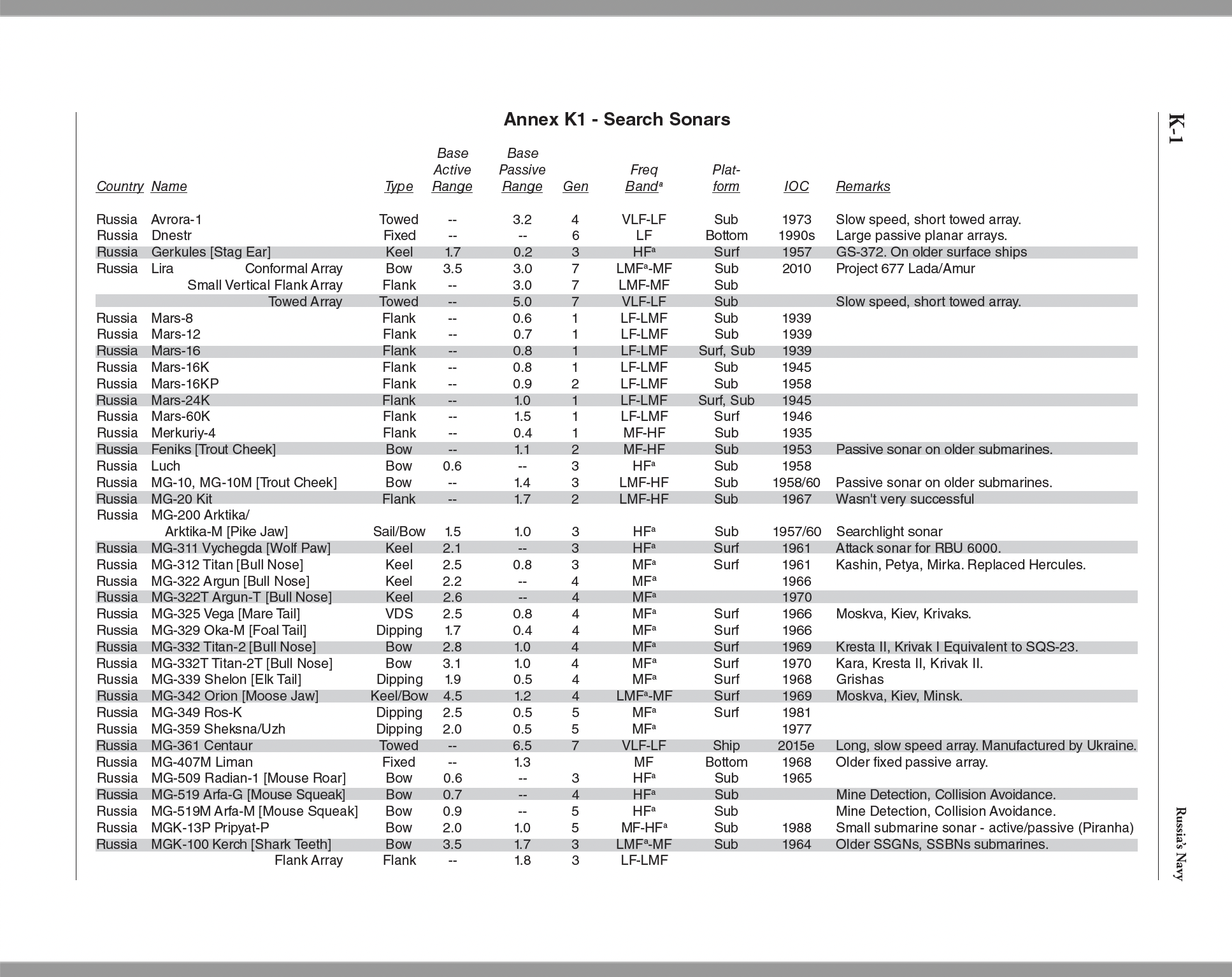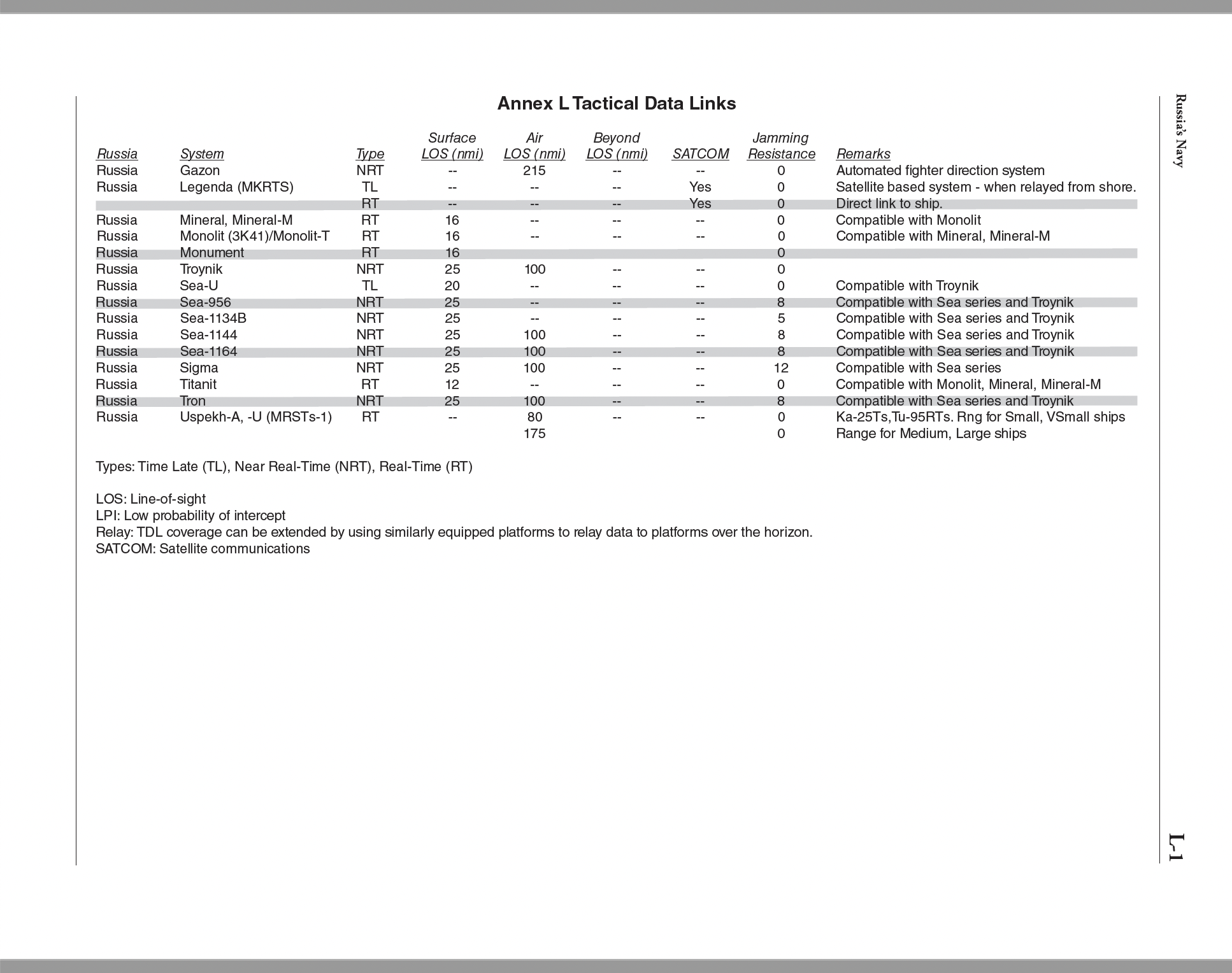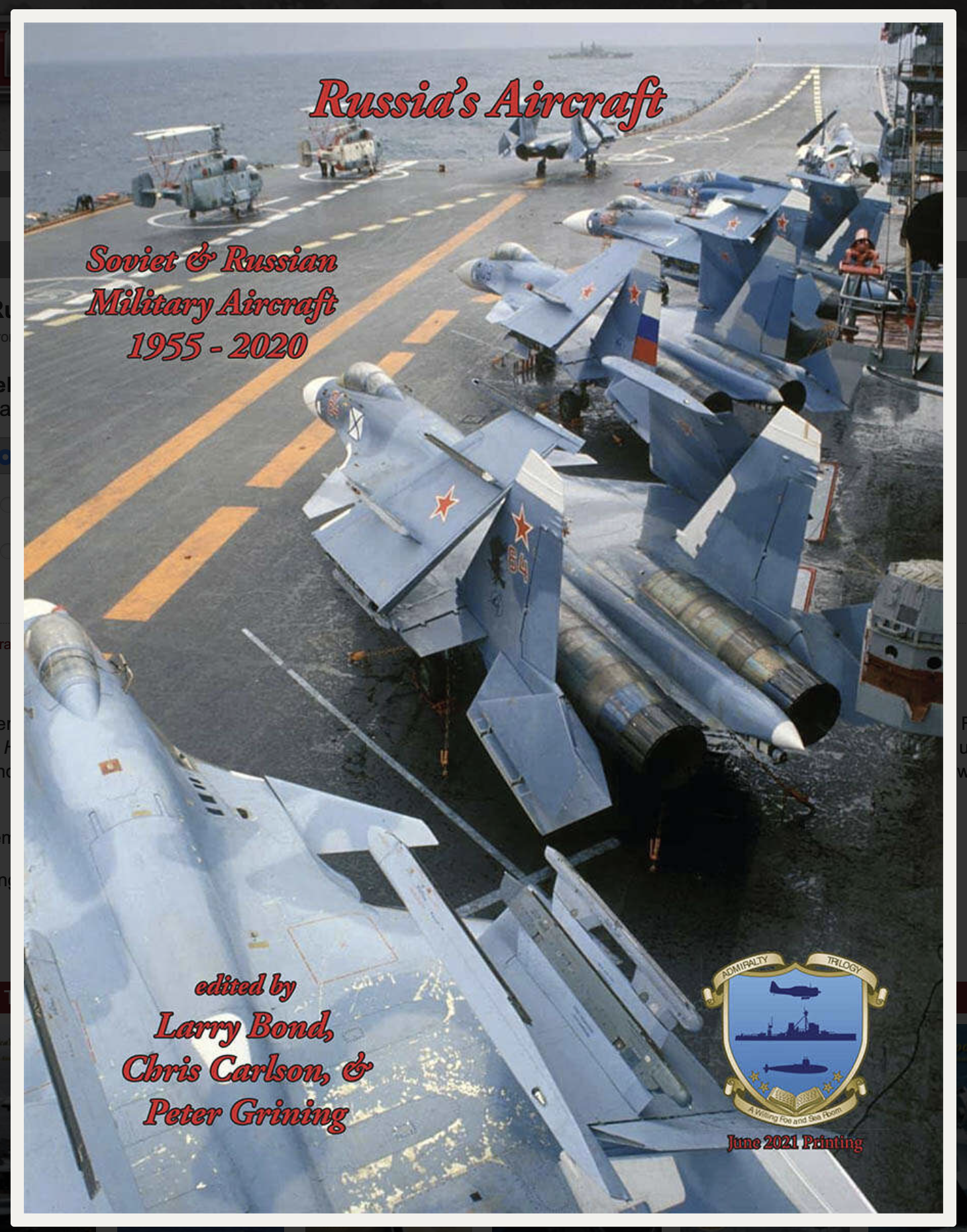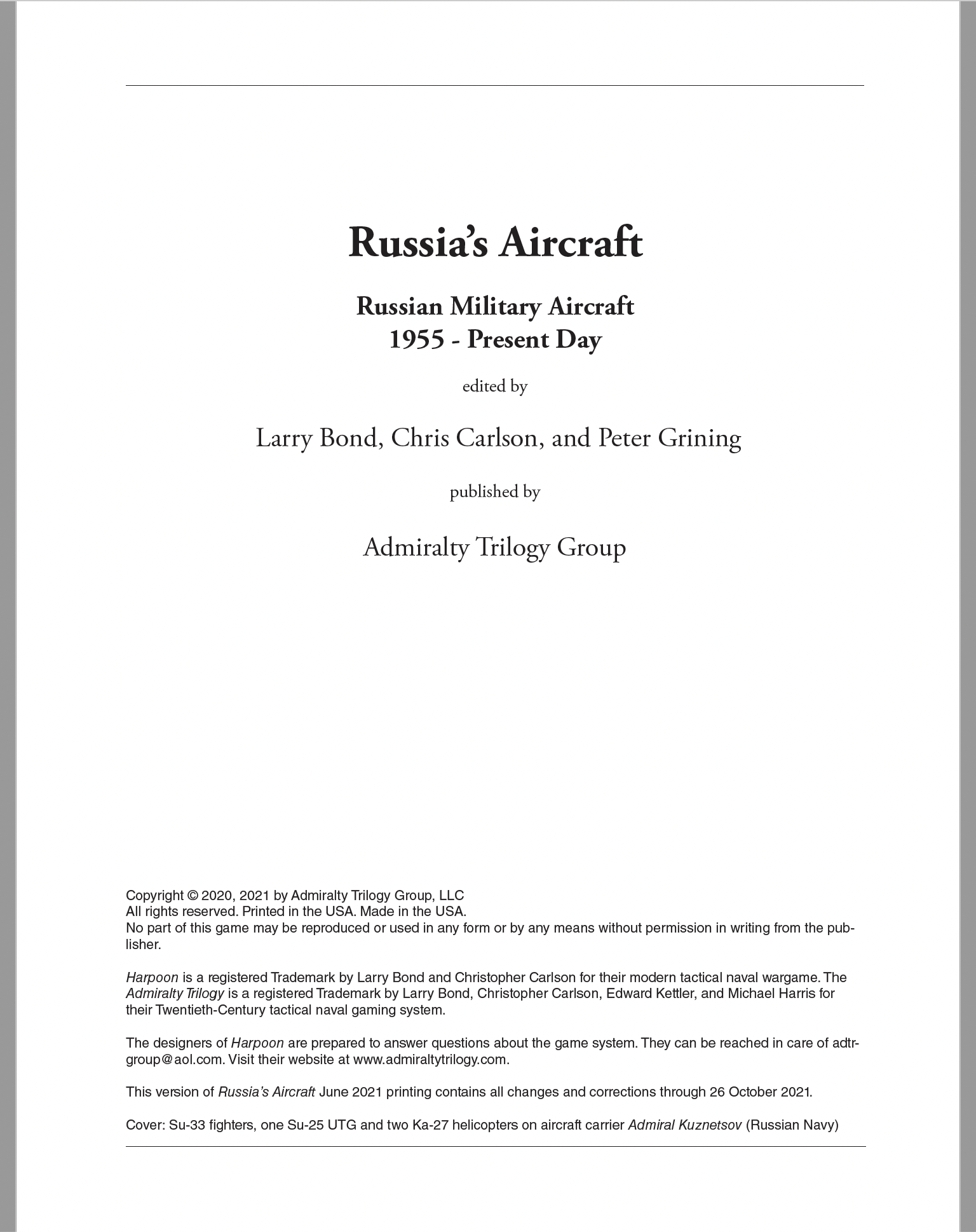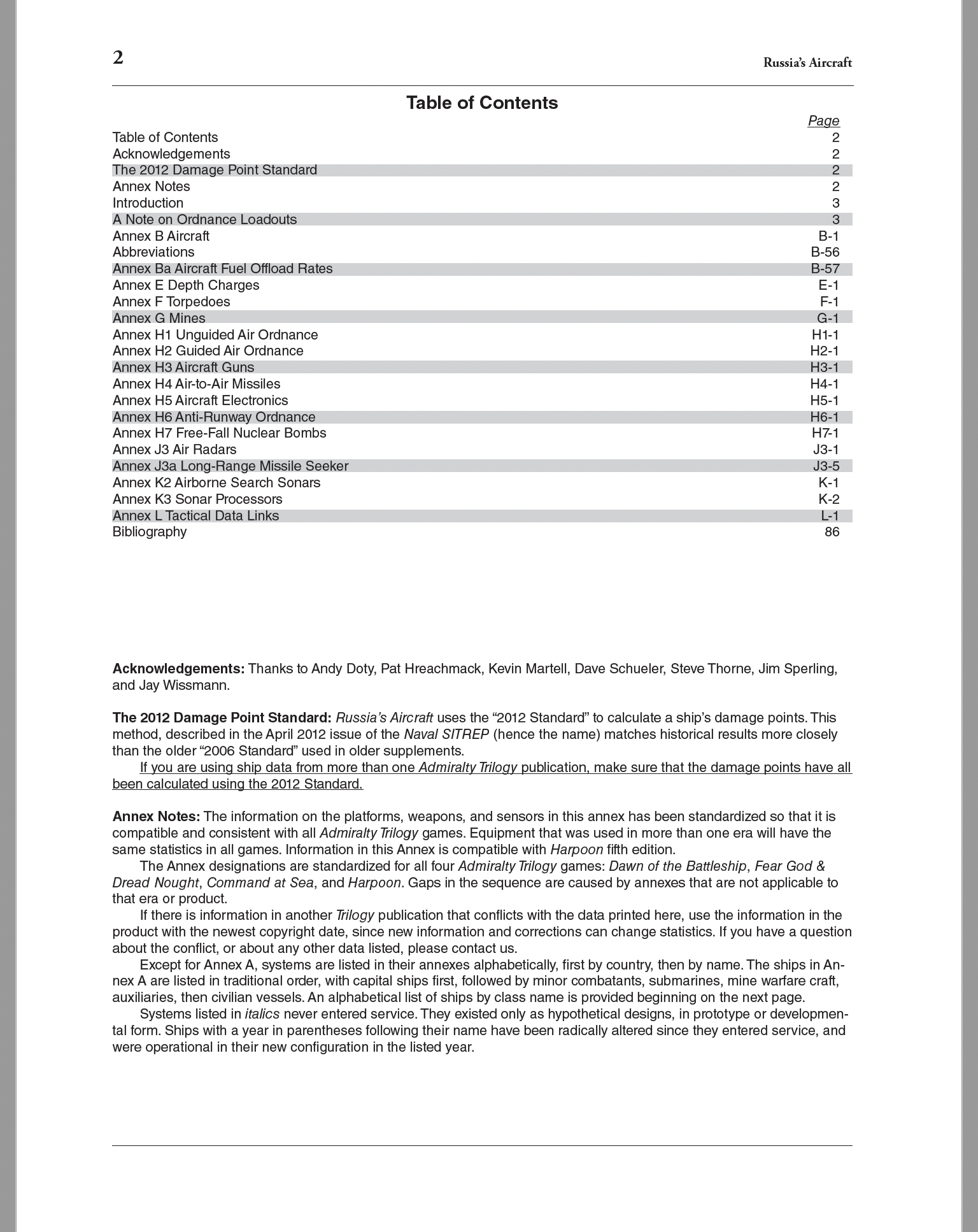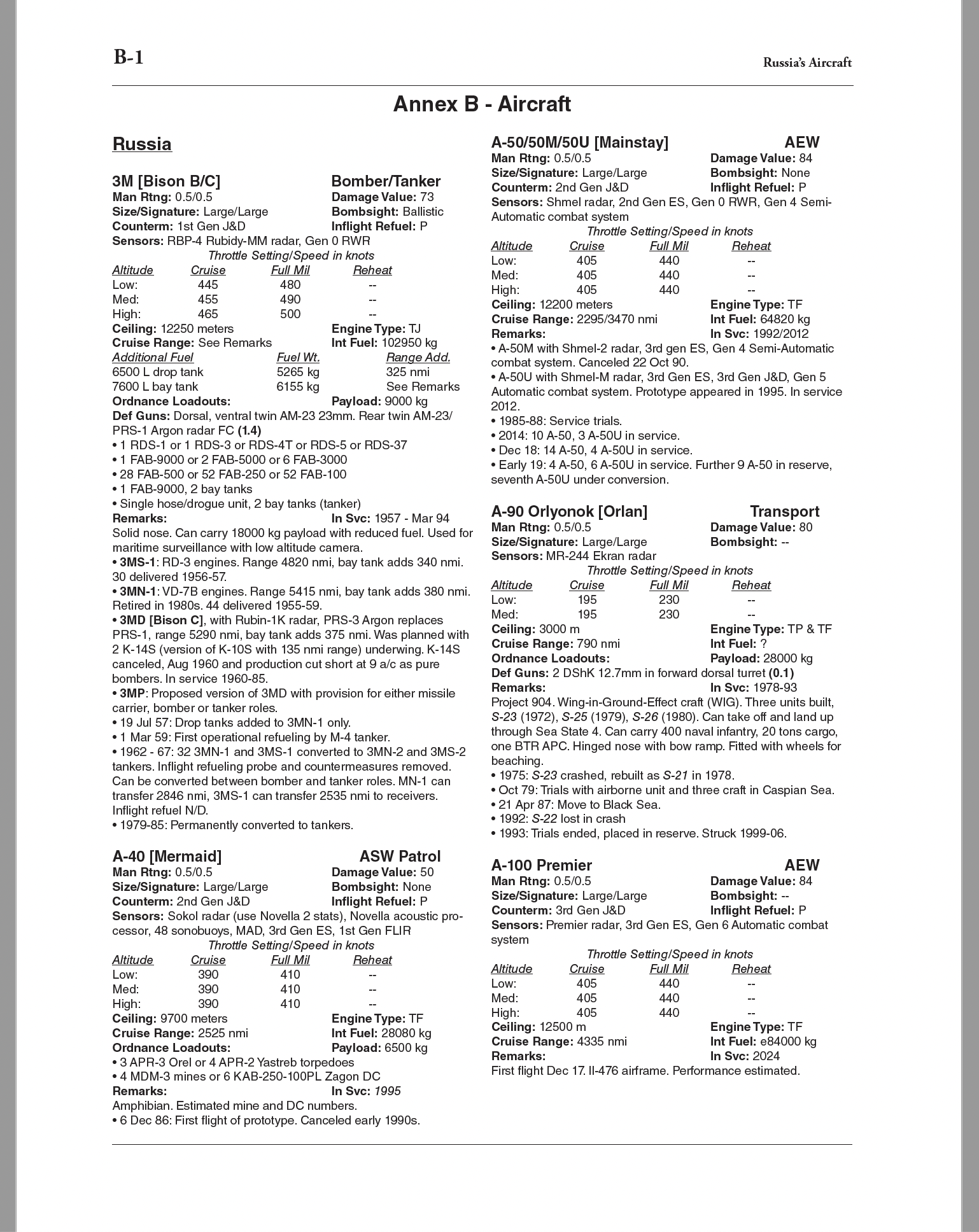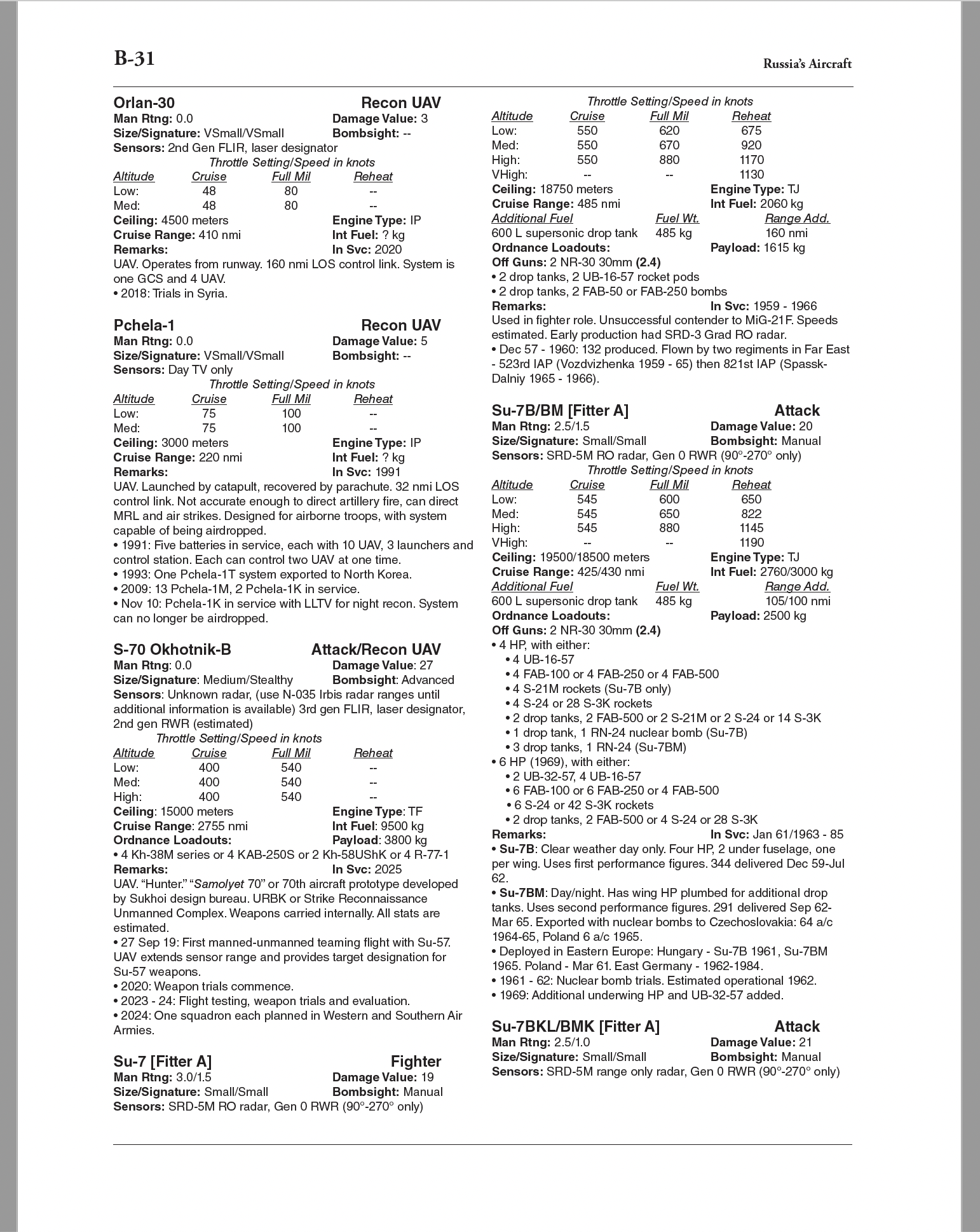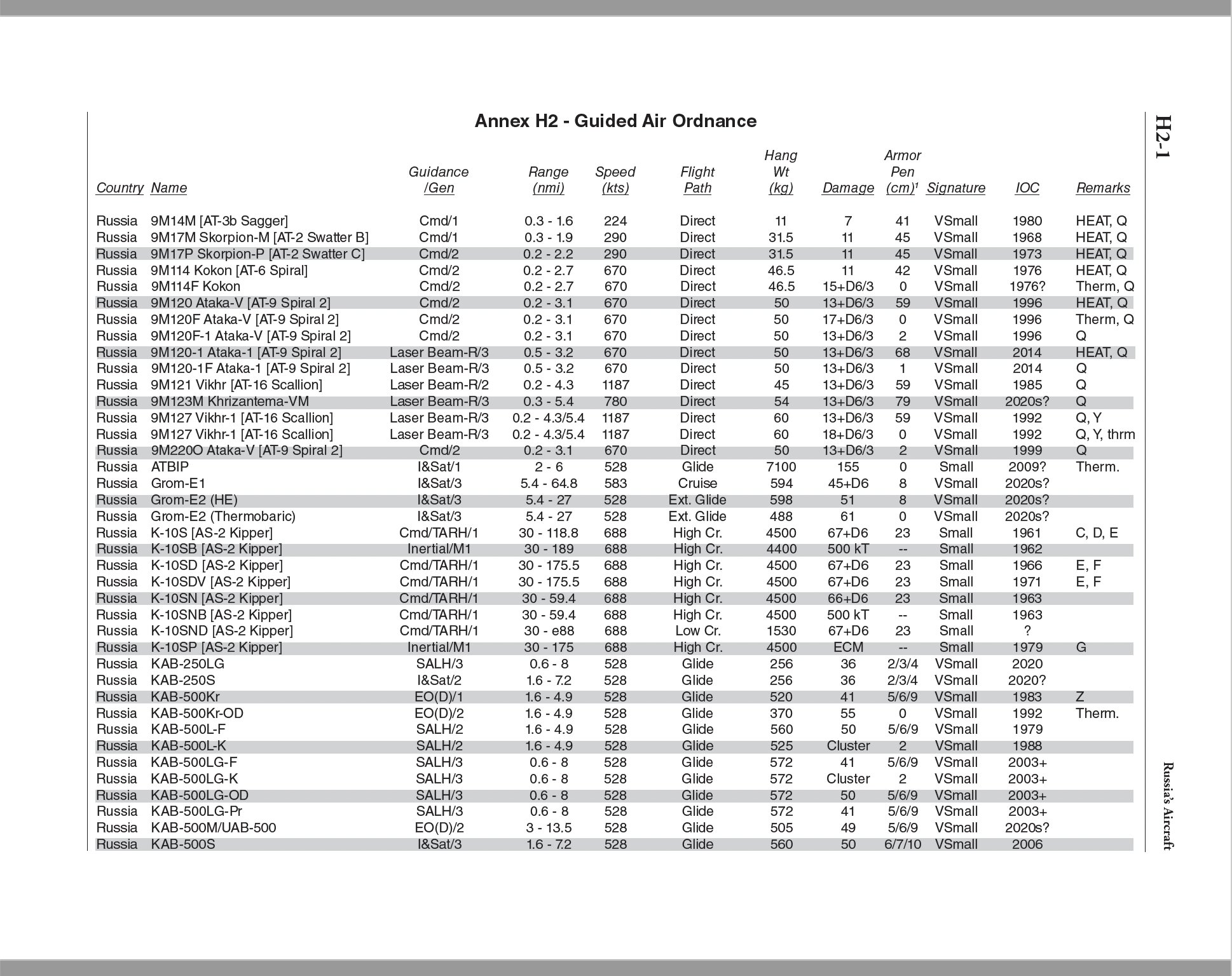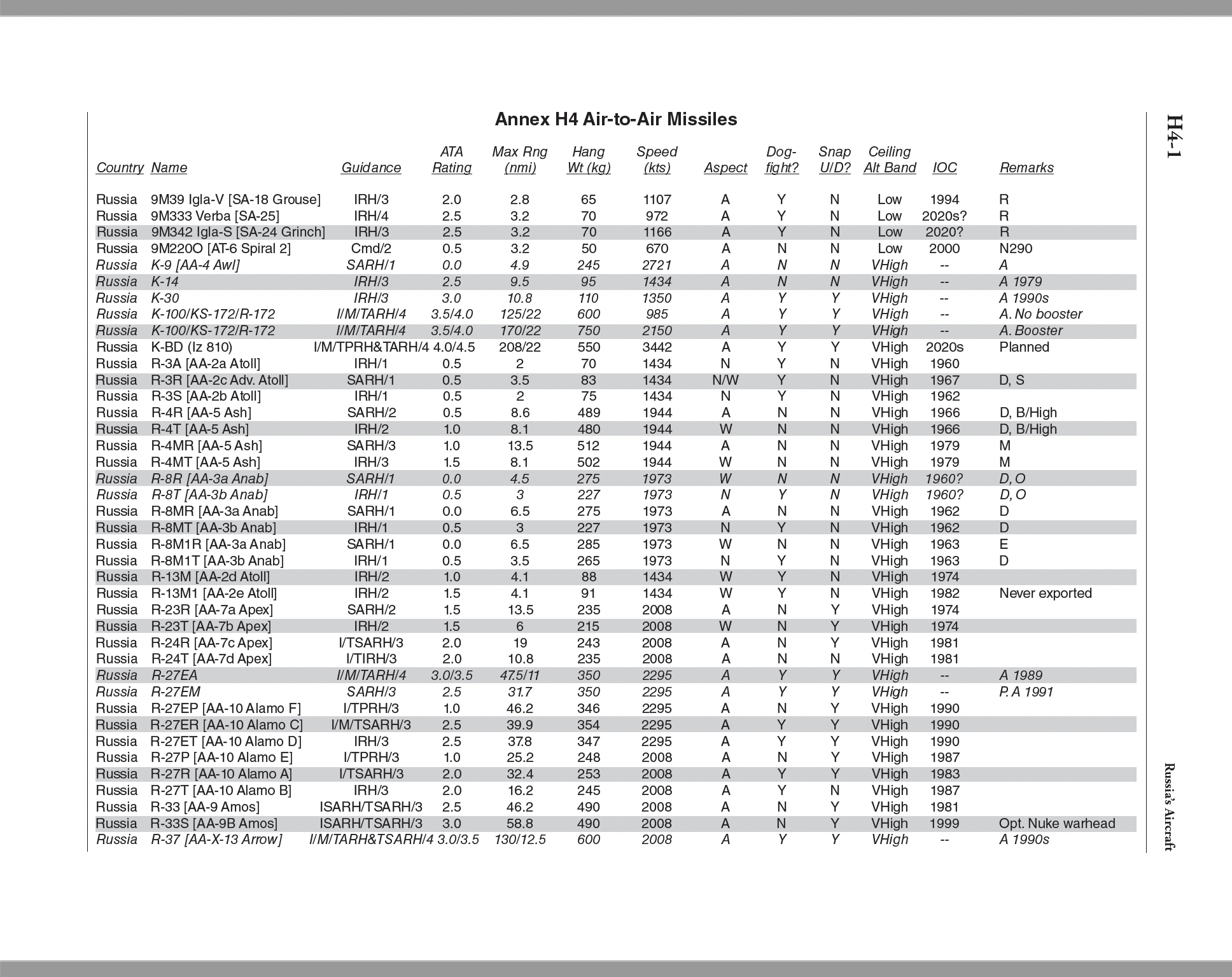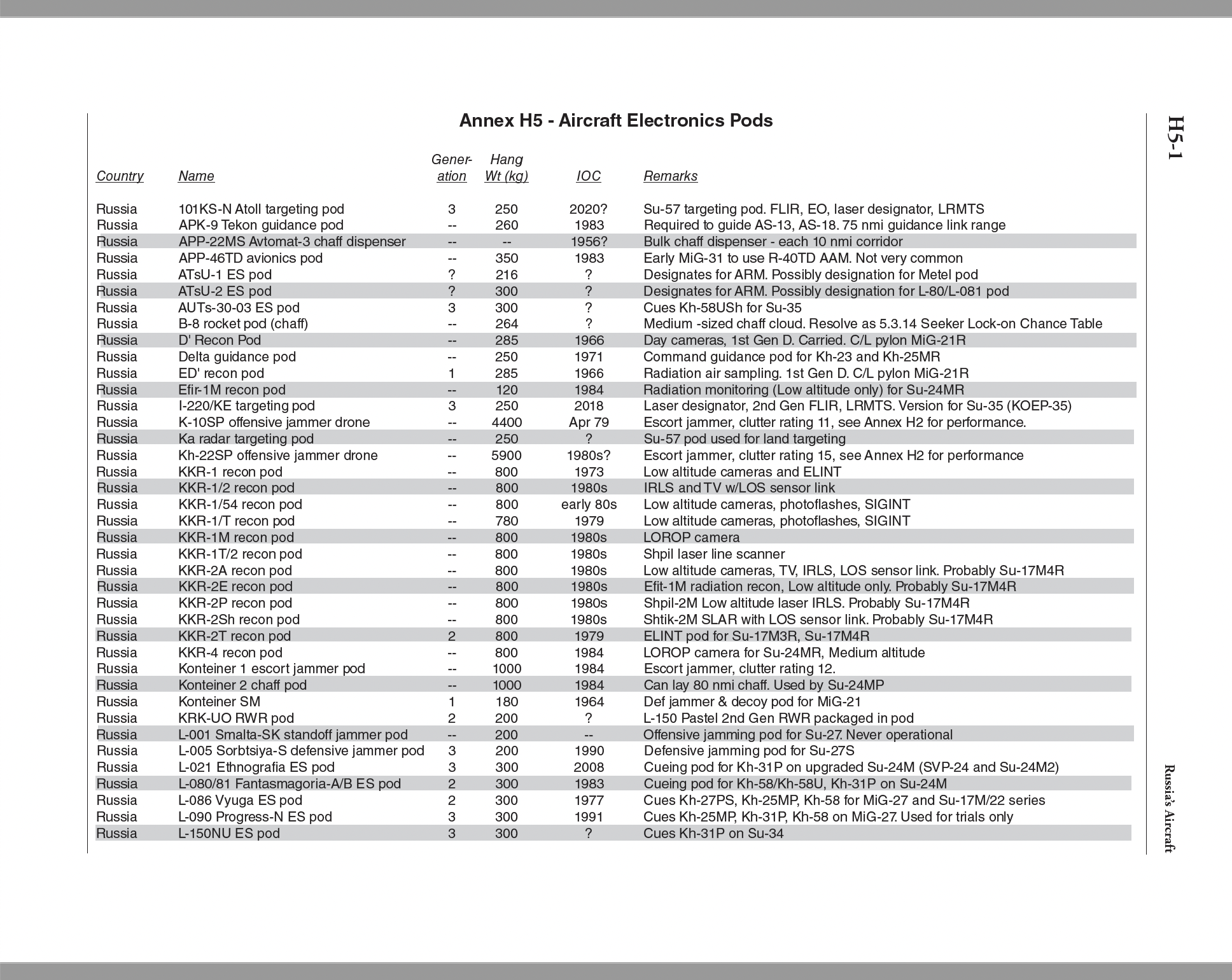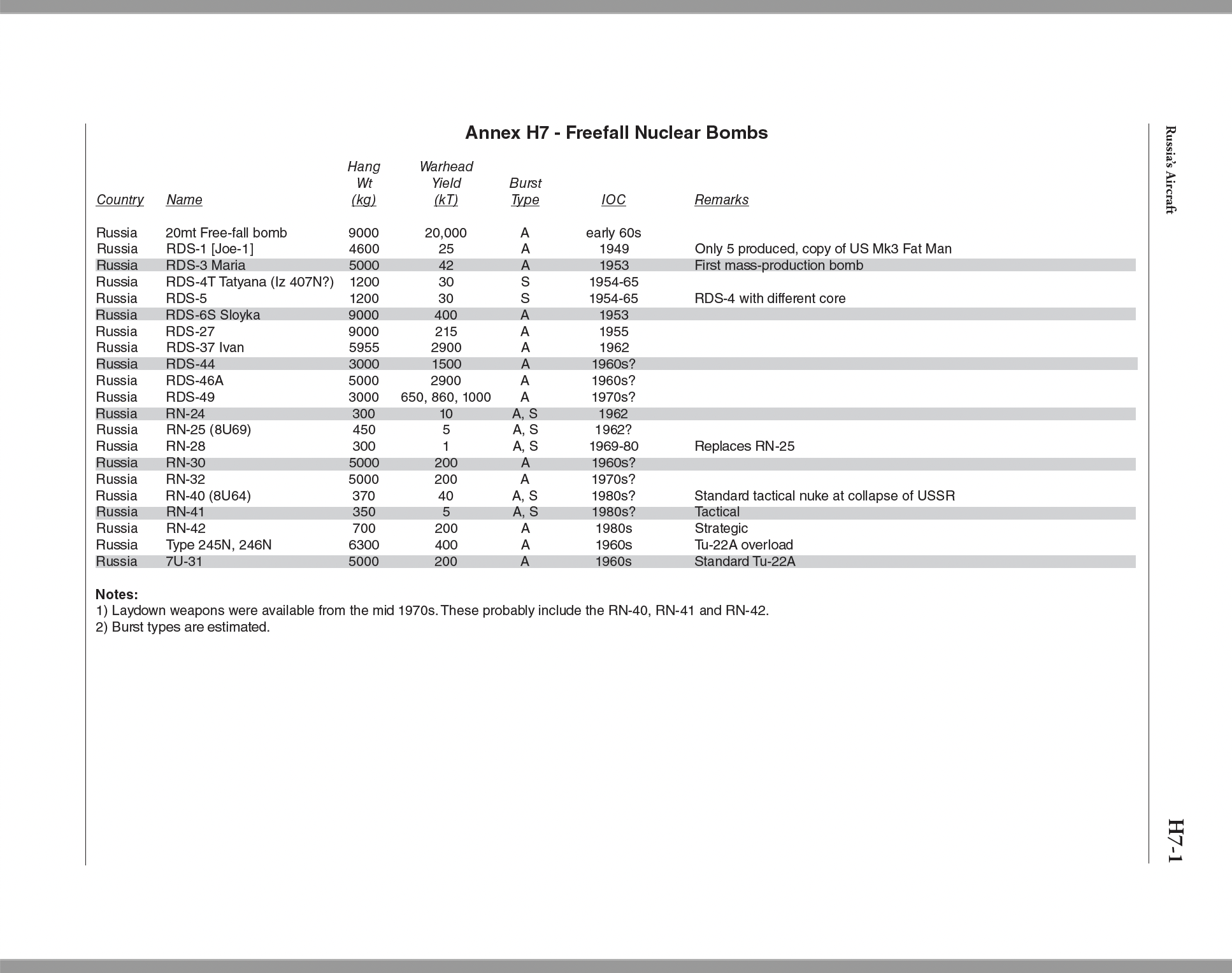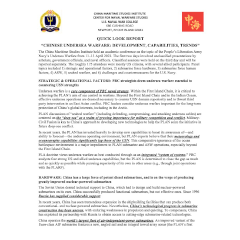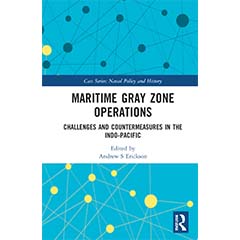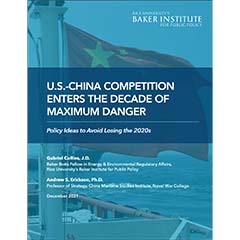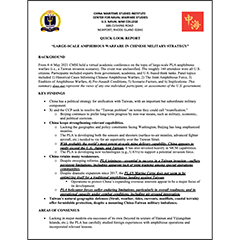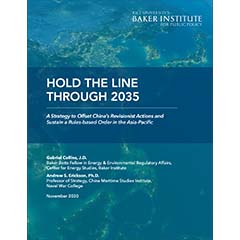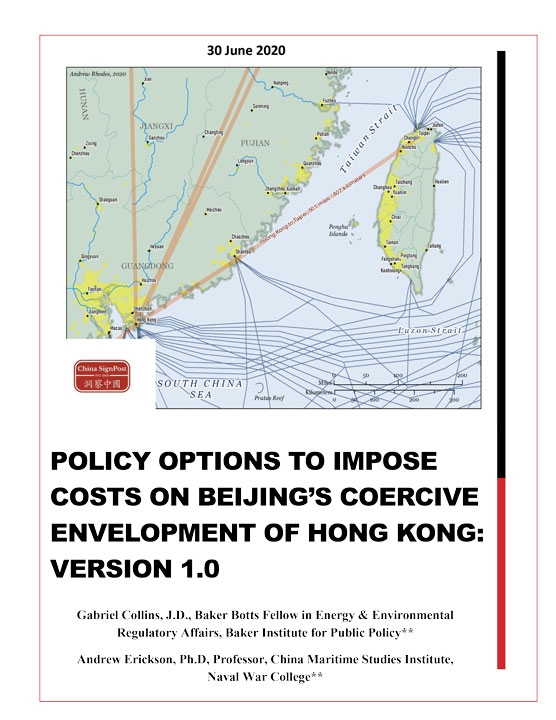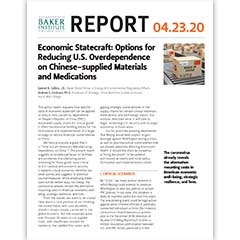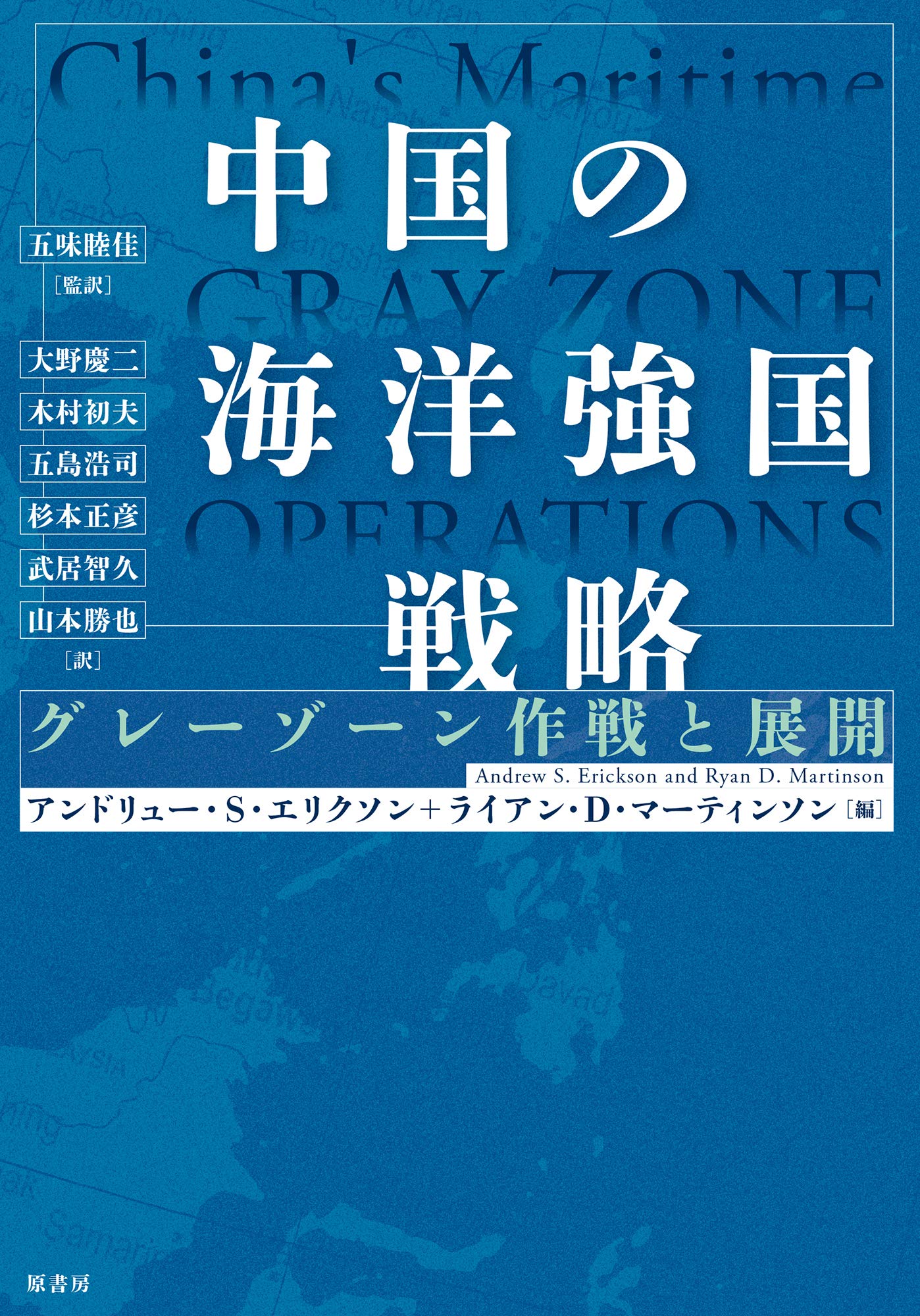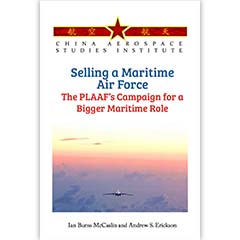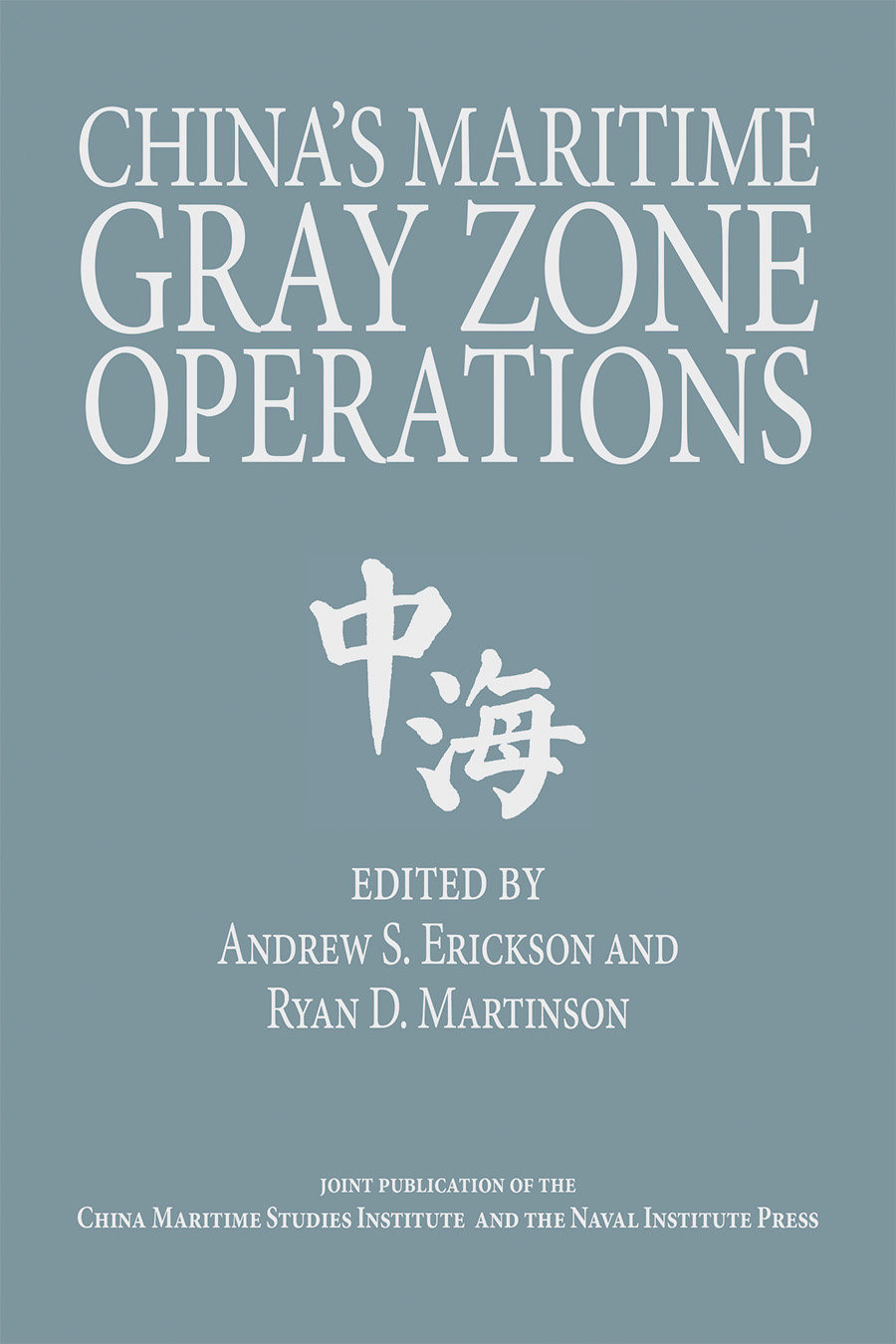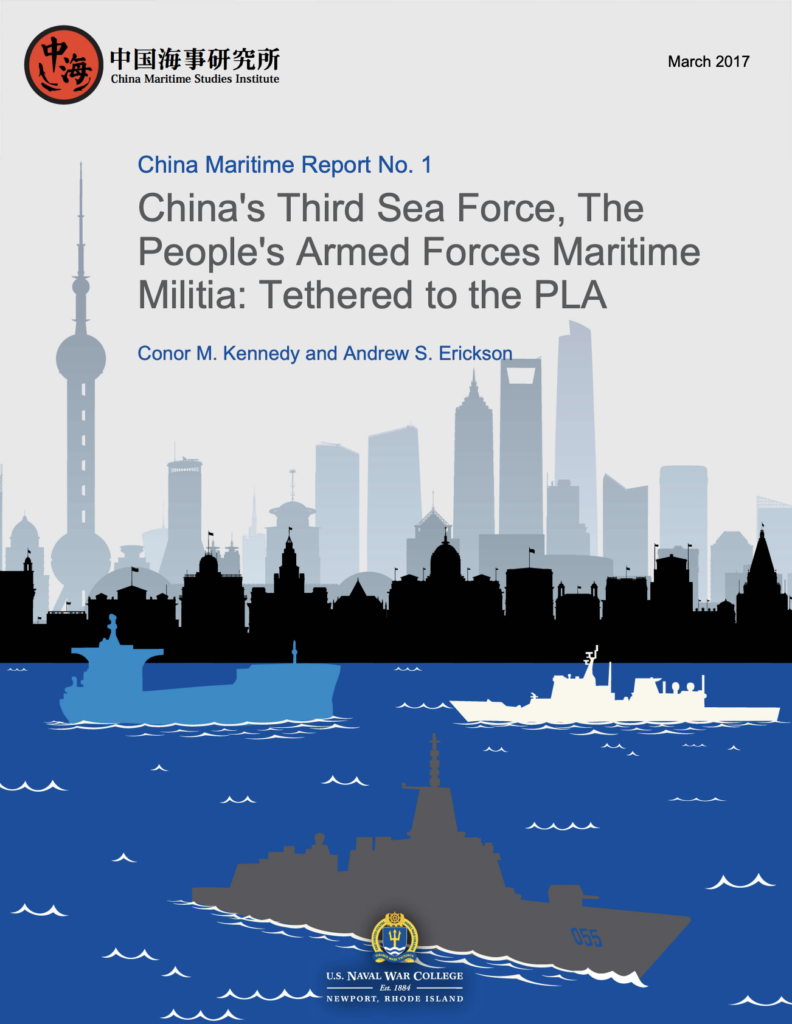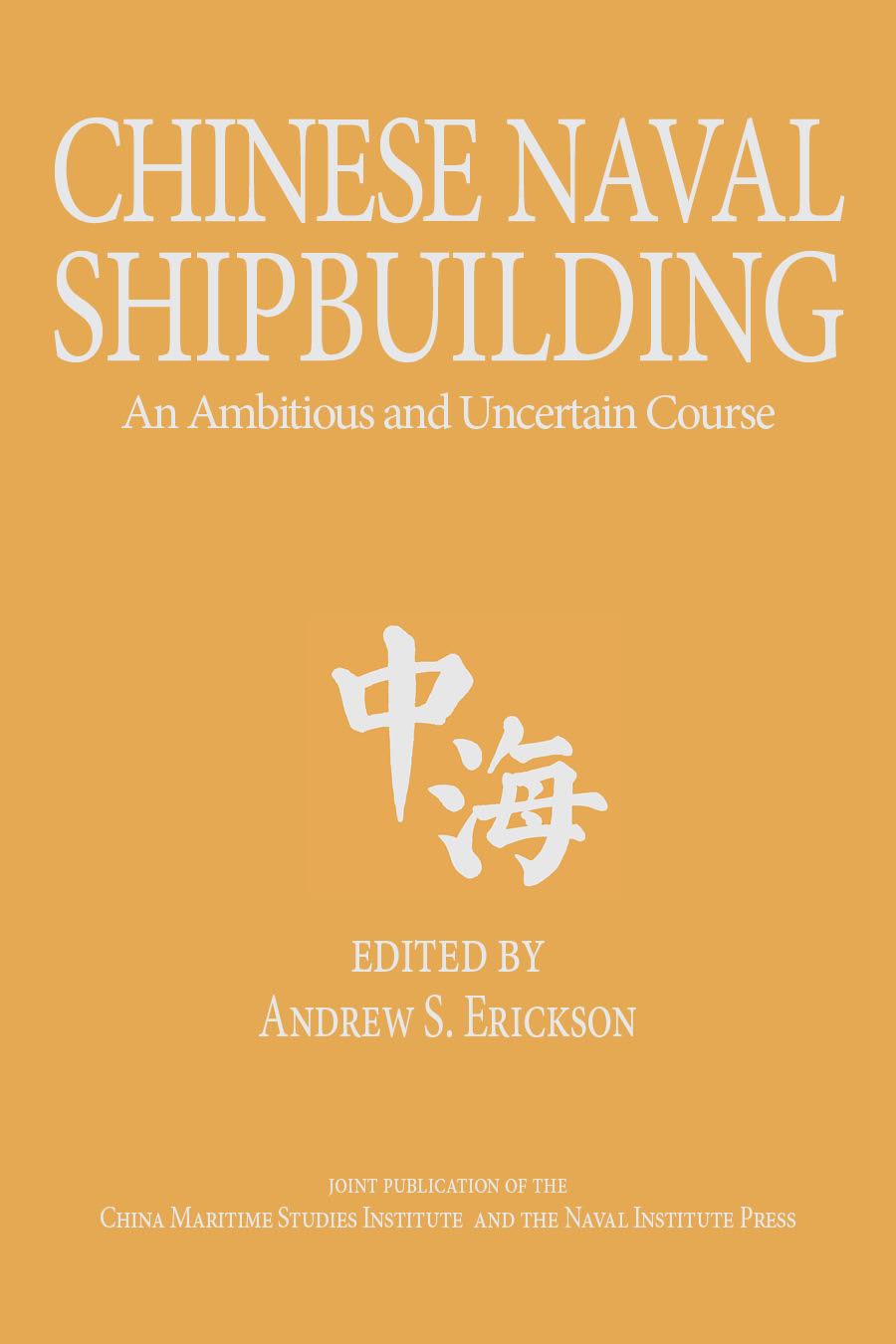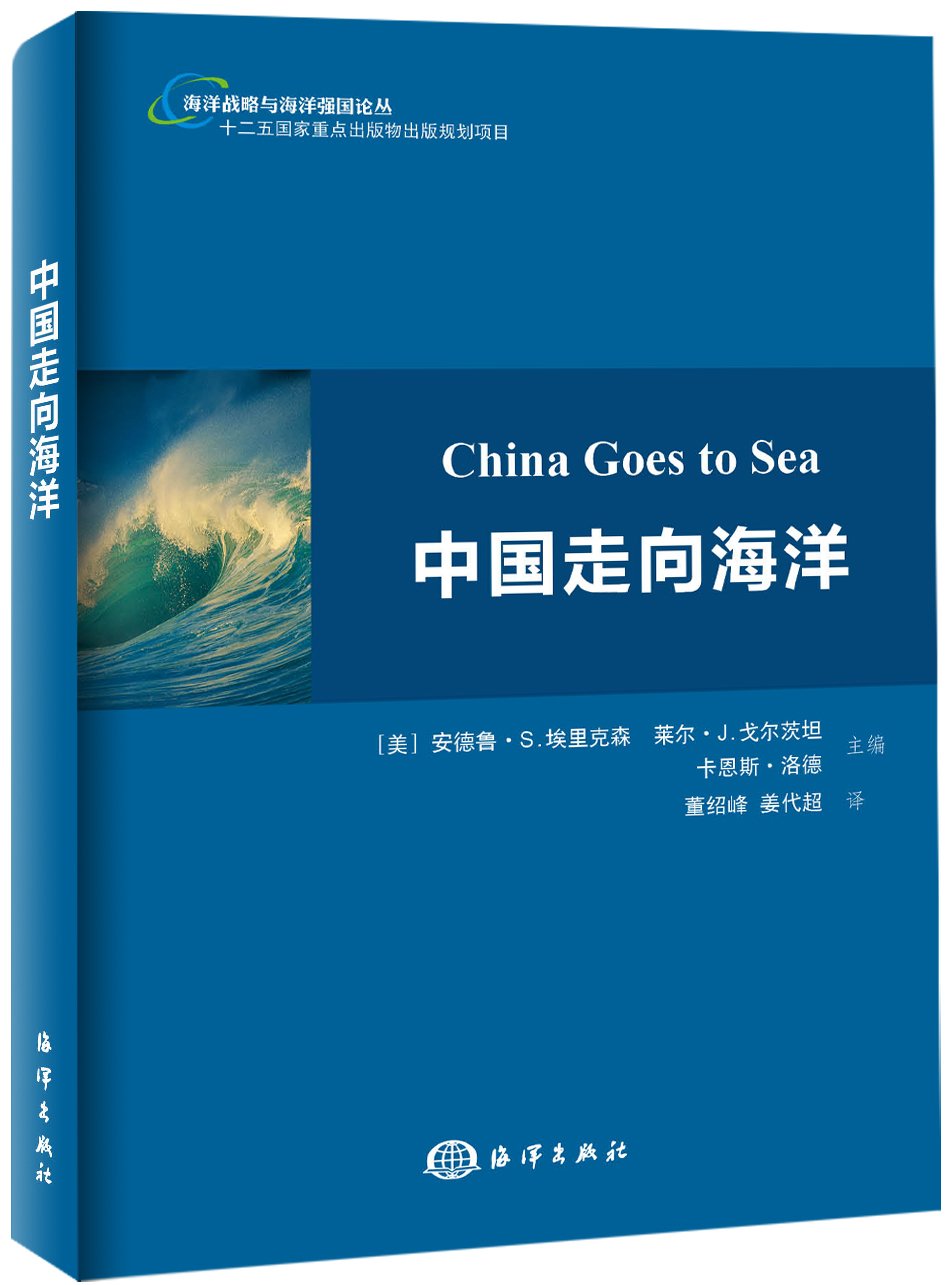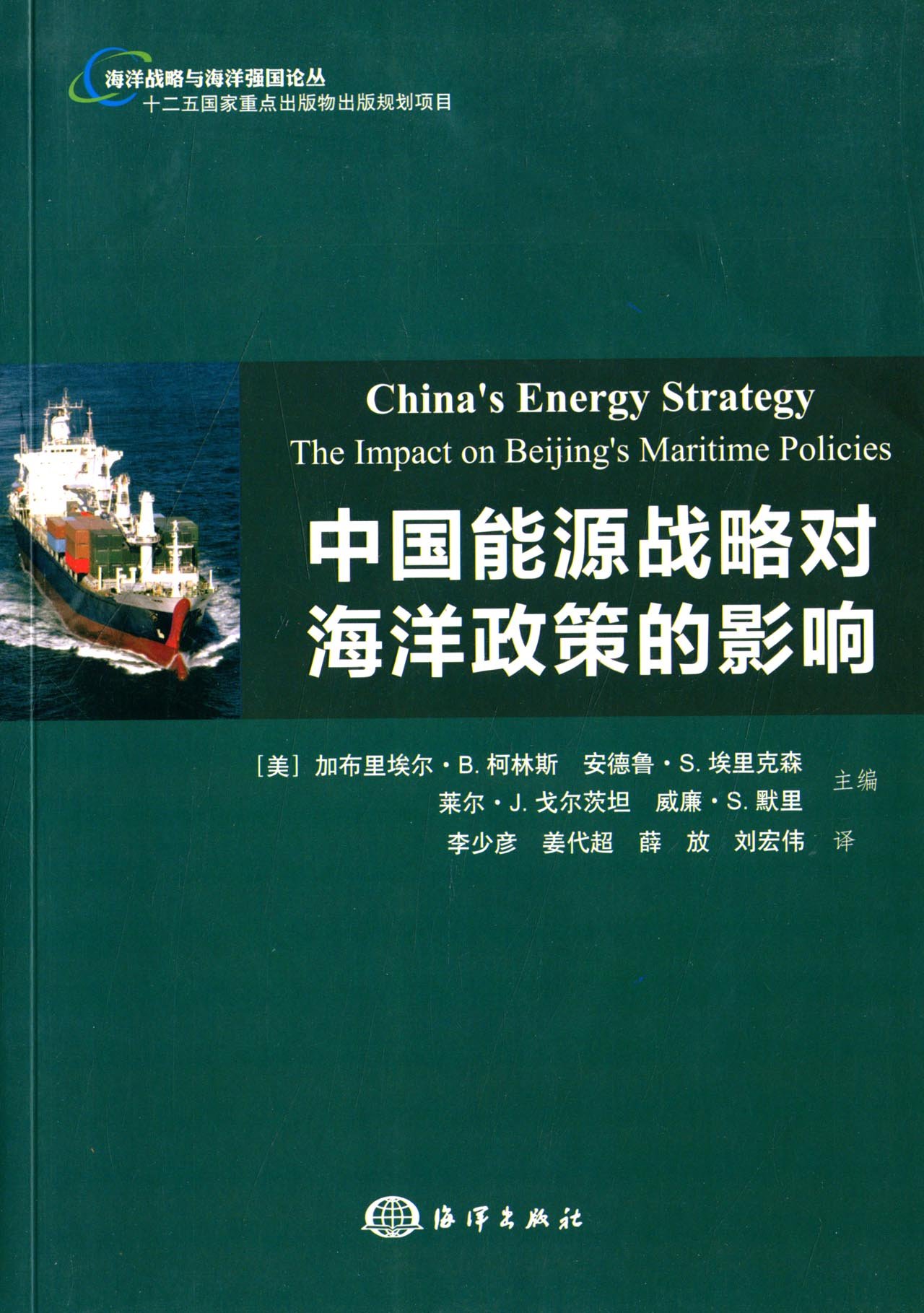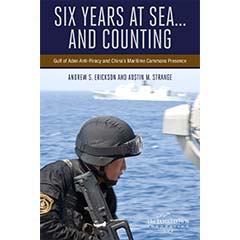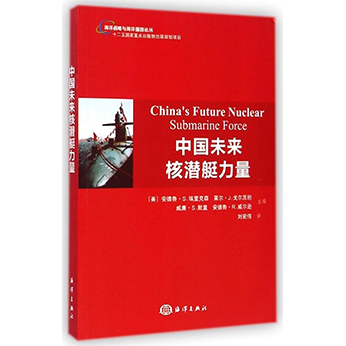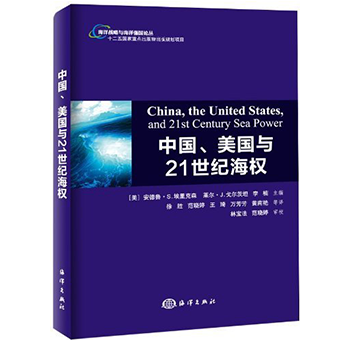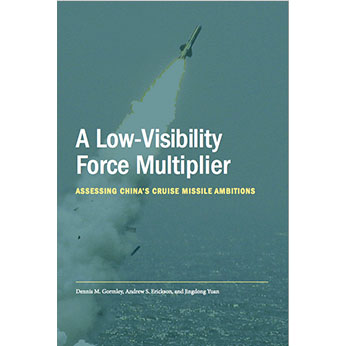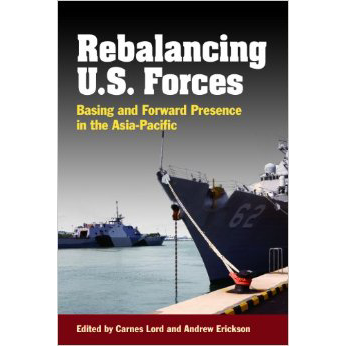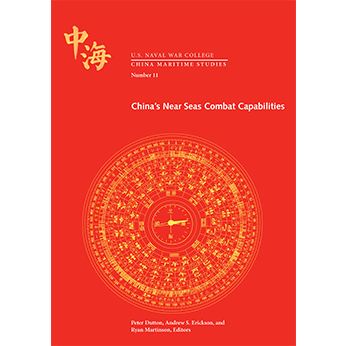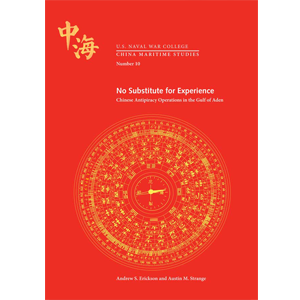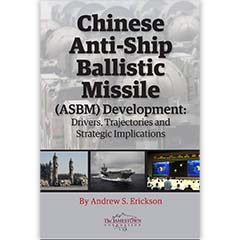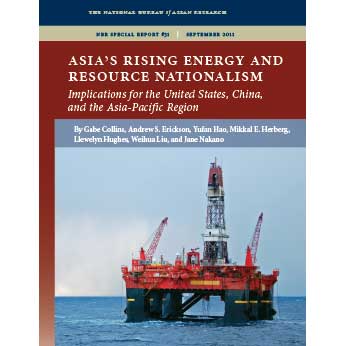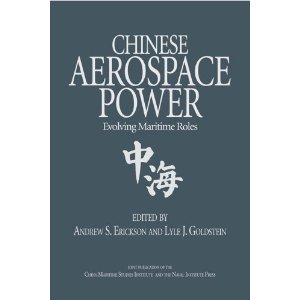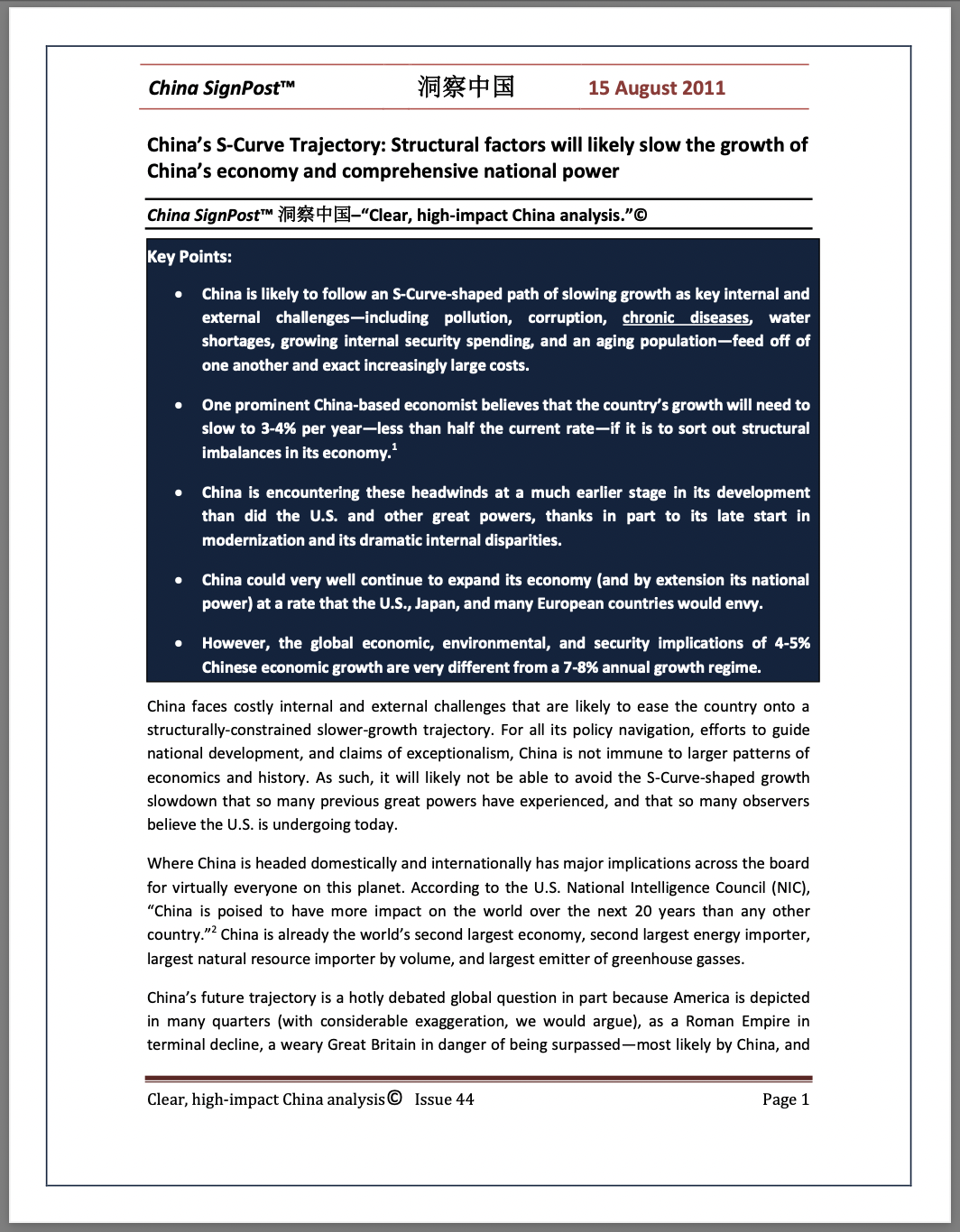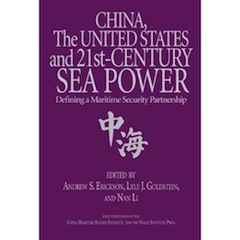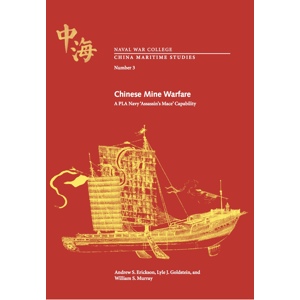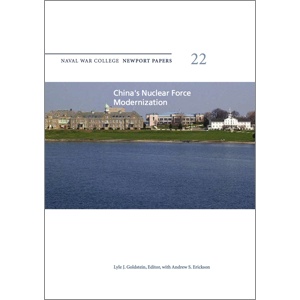Unique 100-page Resource: “Birth of the PLA Navy”
Chang Lei, Birth of the PLA Navy, May 1950 – November 1965 (Admiralty Trilogy Group, 6 September 2025).
Chang Lei’s Birth of the PLA Navy features surface and air battles off the coast of China during the early days of the People’s Liberation Army Navy, from May of 1950 to November 1965. It includes twenty-two historical and hypothetical battles between Communist Chinese and Nationalist forces, with a few involving the US and UK. The battles were fought with a mix of second- and even third-hand ships from the US, Japan, the UK, and Russia.
For those of us in the West, this is “new history,” untouched by any other game. The historical scenarios were exhaustively researched, including visits to the battle sites and interviews with participants.
These earliest experiences have largely shaped the doctrine, strategy, and forces of the PLA Navy today.
This supplement is compatible with the Command at Sea 5th edition rules.
Notable content
- Extensive open source research
- PRC and ROC perspectives offered throughout
- p. 1 and subsequently: Explanation of significant discrepancies in official battle results:
- “In the battles of the 1950s and 1960s, both the Communists and the Nationalists relied heavily on land- or ship-based radars to find targets and assess the results of battles. But these early radars were often unreliable in detecting small ships, especially in rough seas. As a result, the target detected may not have been the enemy ship, and the target that disappeared may not have been sunk. Press releases were often based on preliminary reports, and sometimes, to boost morale and propaganda, there was a wide gap between the results announced by two sides.
- Detailed history and explanations of PLAN ship names and nomenclature
- p. 7: “It is difficult to say which is the officially adopted way, because how to write Chinese ship names in Latin alphabet form for foreign use is not the main concern of the Chinese Navy. The Romanized name of the ship is no longer listed on the gangway of a PLA Navy ship.”
OTHER KEY ADMIRALTY TRILOGY GROUP PRODUCTS
Manfred Meyer (edited by Larry Bond and Chris Carlson), Modern Chinese Maritime Forces, Second Edition (Admiralty Trilogy Group, 1 July 2025).
- “A compilation of ships and boats of the Chinese Navy, Coast Guard, Maritime Militia and other state authorities”
- In terms of ship numbers, each of China’s three sea forces is the world’s largest by a large margin. For the scenarios that most concern the U.S. and its regional allies, these numbers matter greatly.
- This suggests an important conclusion: China’s numerical sea force supremacy and the corresponding need for power projection and presence to counter it effectively demonstrates the need for a substantially-sized U.S. Navy. This book can help inform related deliberations and development. All the more reason to consult this handy compendium today!
- Click here to download sample content.
- Conventionally-powered submarine coverage includes entry on the Type 039C Yuan-class SSP (p. 22) and test submarines (p. 24).
- Offers entries for PRC experimental submarines, including (p. 22) the Type 041 Zhou-class hybrid combination SSP-Nuclear (“SSPN”), a testbed for air independent power/propulsion (AIP) with a micro-nuclear reactor!
- Entry on the Type 076 Yulan-Class Drone-Carrying Amphibious Assault Ship launched on 27 December 2024 (p. 27).
- Non-Navy Prototypes, Demonstrators, and Experimental Vehicles are covered on pp. 78–79.
- Launch platform ship for satellites via solid fuel rockets, p. 81.
- Unique PAFMM ship silhouettes and related information on pp. 135–36! Updated to include Guangdong Province vessels.
- Check out the crane ship coverage on pp. 176–78!
- Ro-Ro ferries are featured on p. 180.
- You can order a copy here.
- The .pdf version is a living document, updated quarterly (1 January, 1 April, 1 July, 1 October of each year) with new drawings, commissionings, decommissionings, and other ship data as it becomes available.
- Single purchase includes access to future periodic updates of the volume.
- Andrew S. Erickson, “Foreword,” in Manfred Meyer (edited by Larry Bond and Chris Carlson), Modern Chinese Maritime Forces, Second Edition (Admiralty Trilogy Group, 1 July 2025), 3.
***
In addition to Modern Chinese Maritime Forces, the Admiralty Trilogy Group also offers a dedicated supplement for Harpoon V regarding PLA Navy, PLA Air Force, China Coast Guard ships and aircraft as well as missiles/weapons and sensors. It is designed as a sourcebook for the game, but can also be used as an unparalleled reference (offering unrivaled coverage from 1955 to the present).
- Larry Bond, Chris Carlson, and Peter Grining, eds., China’s Navy: Ships and Aircraft of the People’s Republic of China, 1955 – 2021 (Admiralty Trilogy Group, 1 October 2021).
A comprehensive compendium of PLAN, PLAAF, CCG ships & aircraft + missiles/weapons & sensors from 1955 to present, as found nowhere else… Consult this unparalleled unclassified reference for analysis or gaming today!
Larry Bond, Chris Carlson, and Peter Grining, eds., China’s Navy: Ships and Aircraft of the People’s Republic of China, 1955 – 2021 (Admiralty Trilogy Group, 16 March 2023).
China’s Navy lists the ships and aircraft used by the People’s Liberation Army Navy and Air Force and Chinese Coast Guard, in service between 1955 and the present day. It is designed as a sourcebook for Harpoon, fifth edition, but it can also be used as a general reference. Organized as a collection of annexes, Annexes A and B provide statistics on ships and aircraft respectively as first built, and any modifications over time, sometimes many times. Annexes C and on give detailed weapons and sensors characteristics, including guns, missiles, antisubmarine weapons, torpedoes, mines, airborne ordnance, radars, sonars, and data links, with all the information needed to use them in a Harpoon scenario.
The book also provides information on land-based surface-to-air missiles and coastal defense missiles and their battery organization. Supplemental annexes list ship classifications and factors used to convert weapons and sensor information into game data.
Copyright © 2021 by Admiralty Trilogy Group, LLC
All rights reserved. Printed in the USA. Made in the USA.
No part of this game may be reproduced or used in any form or by any means without permission in writing from the publisher.
Harpoon is a registered Trademark by Larry Bond and Christopher Carlson for their modern tactical naval wargame. The Admiralty Trilogy is a registered Trademark by Larry Bond, Christopher Carlson, Edward Kettler, and Michael Harris for their nineteenth-, twentieth-, and twenty-first-century tactical naval gaming system.
The editors of China’s Navy are prepared to answer questions about the supplement. They can be reached in care of adtrgroup@aol.com. Visit their website at www.admiraltytrilogy.com.
Information cutoff date 1 October 2021, includes errata corrections through 16 March 2023.
Acknowledgements: Thanks to Jim Baker, Chang Lei, Pat Hreachmack, Christoph Kluxen, Kevin Martell, Alex Ramos, Dave Schueler, and Steve Thorne for their support and valuable feedback.
Special thanks to Dr. Andrew Erickson and Ryan Martinson for guidance.
The 2012 Damage Point Standard: China’s Navy uses the “2012 Standard” to calculate a ship’s damage points. This method, described in the April 2012 issue of the Naval SITREP (hence the name) matches historical results more closely than the older “2006 Standard” used in older ATG products.
If you are using ship data from more than one Admiralty Trilogy publication, make sure that the damage points have all been calculated using the 2012 Standard.
Annex Notes: The information on the platforms, weapons, and sensors in this annex has been standardized so that it is compatible and consistent with all Admiralty Trilogy games. Equipment that was used in more than one era will have the same statistics in all games. Information in this Annex is compatible with Harpoon 5th edition.
The Annex designations are standardized for all four Admiralty Trilogy games: Dawn of the Battleship, Fear God & Dread Nought, Command at Sea, and Harpoon. Gaps in the sequence are caused by annexes that are not applicable to that era or product.
If there is information in another Trilogy publication that conflicts with the data printed here, use the information in the product with the newest publication date, since new information and corrections can change statistics. If you have a question about the conflict, or about any other data listed, please contact us.
Except for Annex A, systems are listed in their annexes alphabetically, first by country, then by name. The ships in Annex A are listed in traditional order, with aircraft carriers first, then submarines, followed by major combatants, minor combatants, amphibious ships, mine warfare craft, auxiliaries, then civilian vessels. An alphabetical list of ships by class name is provided, beginning on the next page. The aircraft in Annex B are listed in alphabetical order.
Systems listed in italics never entered service. They existed only as hypothetical designs, in prototype or developmental form. Ships with a year in parentheses following their name have been radically altered since they entered service, and were operational in their new configuration in the listed year.
***
Admiralty Trilogy Group similarly offers dedicated sourcebooks for Harpoon V on Russia’s Navy and Military Aircraft, respectively, which likewise double as unique general references.
- Larry Bond, Chris Carlson, and Peter Grining, eds., Russia’s Navy: The Soviet and Russian Navy, 1955 – Present Day (Admiralty Trilogy Group, June 2021).
- Larry Bond, Chris Carlson, and Peter Grining, eds., Russia’s Aircraft: Russian Military Aircraft, 1955 – Present Day (Admiralty Trilogy Group, June 2021).
Only from the Admiralty Trilogy Group… Check out these unique, fully updated Soviet/Russian orders of battle from 1955 to the present: (1) naval ships and (2) military aircraft! Consult these unparalleled unclassified references for analysis or war gaming today!
First, a comprehensive compendium of Moscow’s naval ships and associated missiles/weapons & sensors from seven decades ago to right now, as you’ve never seen them before…
Larry Bond, Chris Carlson, and Peter Grining, eds., Russia’s Navy: The Soviet and Russian Navy, 1955 – Present Day (Admiralty Trilogy Group, 15 March 2023).
Russia’s Navy lists all Soviet and Russian warships in service between 1955 and the present day, as well as some Border Patrol ships and other vessels. It is designed as a sourcebook for Harpoon, fifth edition, but it can also be used as a general reference. Organized as a collection of annexes, Annex A provides statistics on ships as built, and any modifications and refits over time, sometimes many times. Annexes C and on give detailed weapons and sensors characteristics, including guns, missiles, ASW weapons, radars, sonars, with all the information needed to use them in a Harpoon scenario.
In addition to real-world platforms, many canceled or proposed ships and their systems are also described. The book also provides information on land-based radars, coastal antiship and surface-to-air missile specifications and battery organization. Supplemental annexes list ship classifications and factors used to convert weapons and sensor information into game data.
***
Second, a comprehensive order of battle containing all aircraft in service over the previous seven decades right up to now in Moscow’s Naval Aviation (AVMF), Military Air Force (VVS), Air Defense Forces (PVO), and Long-Range Aviation (DA). Use this unique and timely unclassified reference for open source research and war gaming!
Larry Bond, Chris Carlson, and Peter Grining, eds., Russia’s Aircraft: Russian Military Aircraft, 1955 – Present Day (Admiralty Trilogy Group, 26 October 2021).
Russia’s Aircraft lists aircraft in service between 1955 and the present day in Naval Aviation (AVMF), the Military Air Force (VVS), and the Air Defense Forces (PVO), and Long-Range Aviation (DA). It can be used as a sourcebook for Harpoon, fifth edition. Organized as a collection of annexes, it provides statistics on aircraft and any modifications or upgrades they received, sometimes many times. Other annexes detail weapons and sensors, including air-air-to-air and air-to surface missiles, guns, ASW weapons, electronics pods, radars, sonars, with all the information needed to use them in a Harpoon scenario.
In addition to real-world systems, many canceled or proposed weapons are also described, as well as UAVs and reconnaissance drones.






